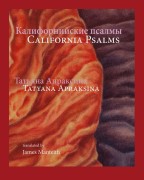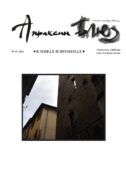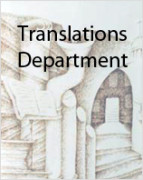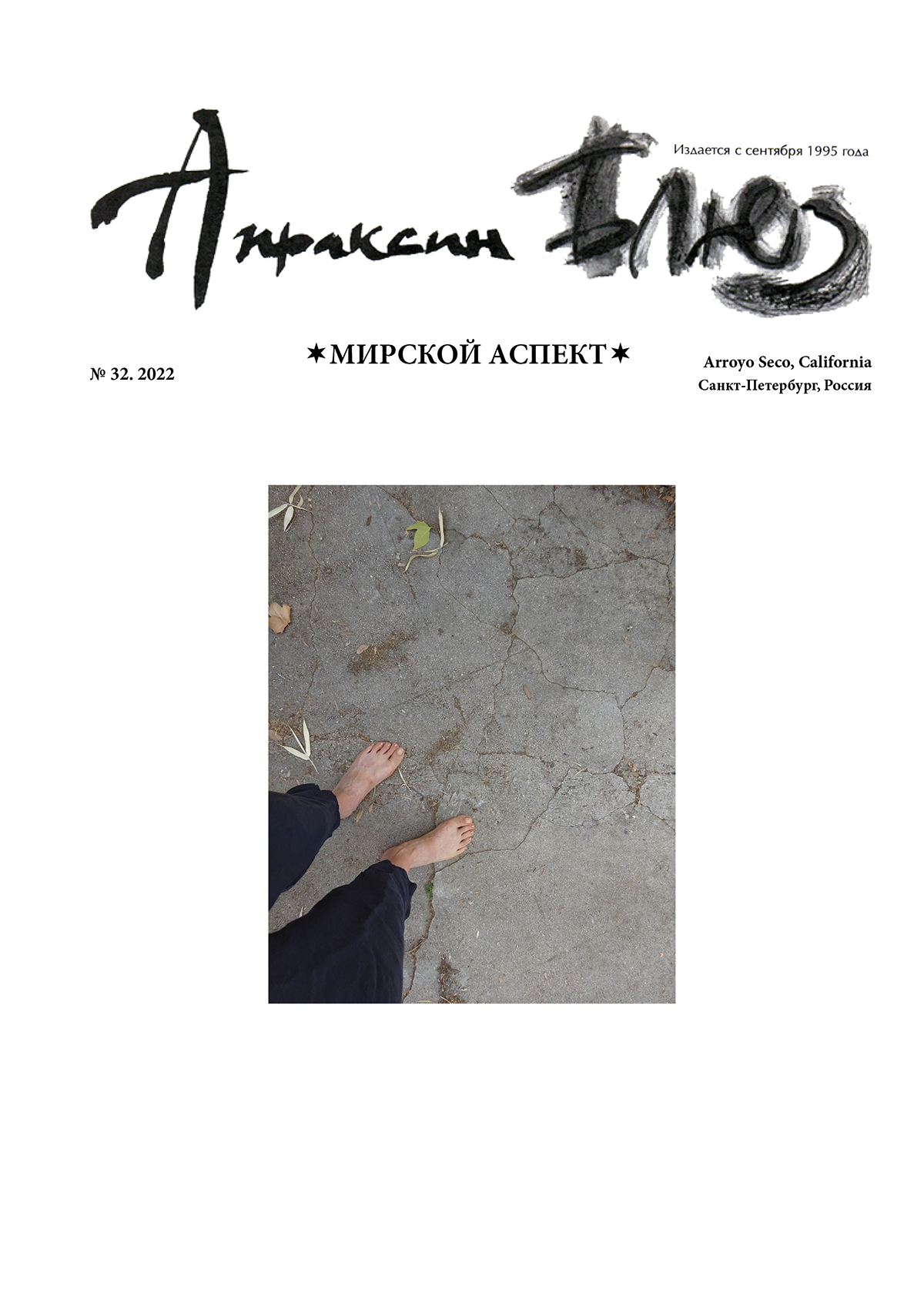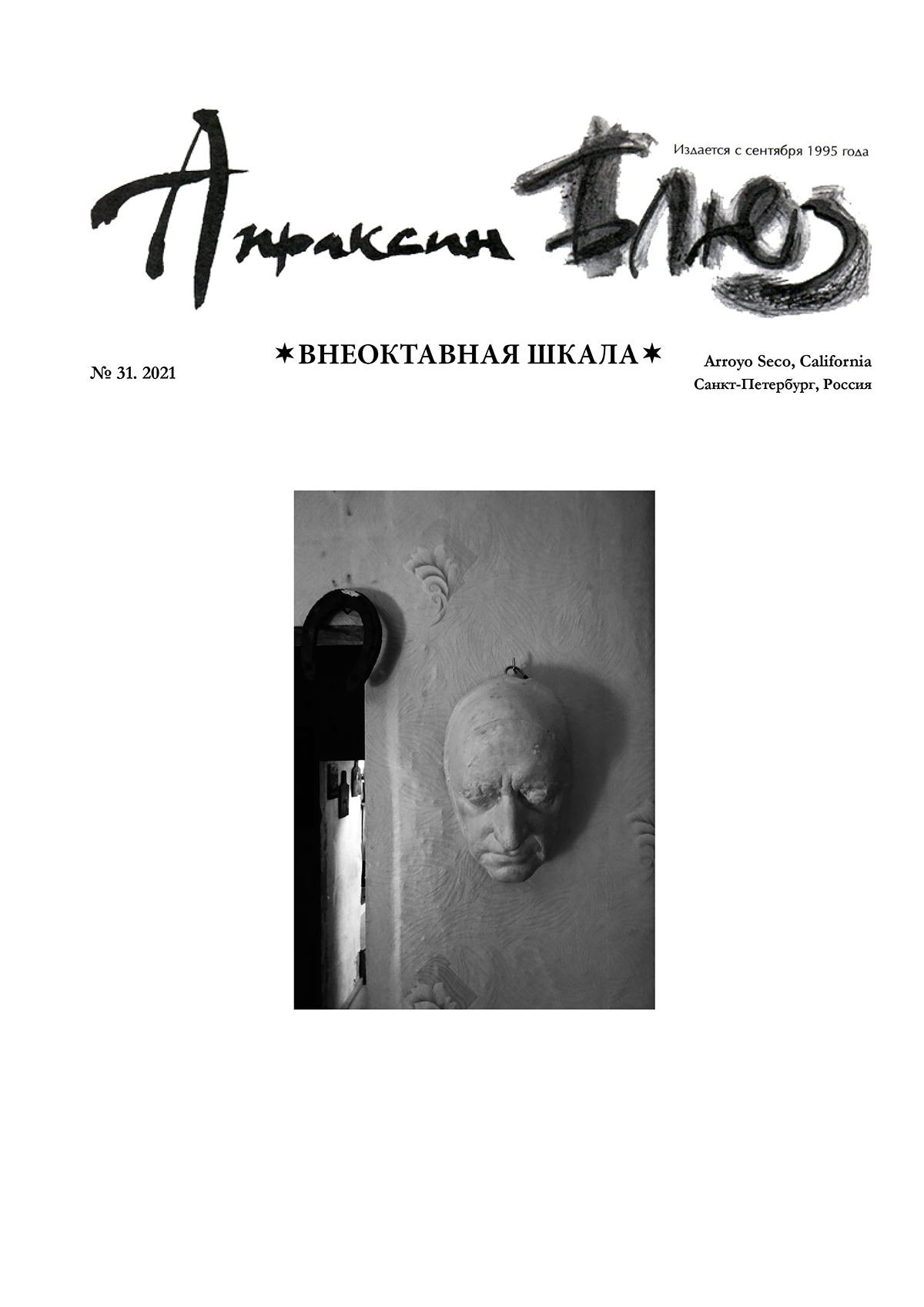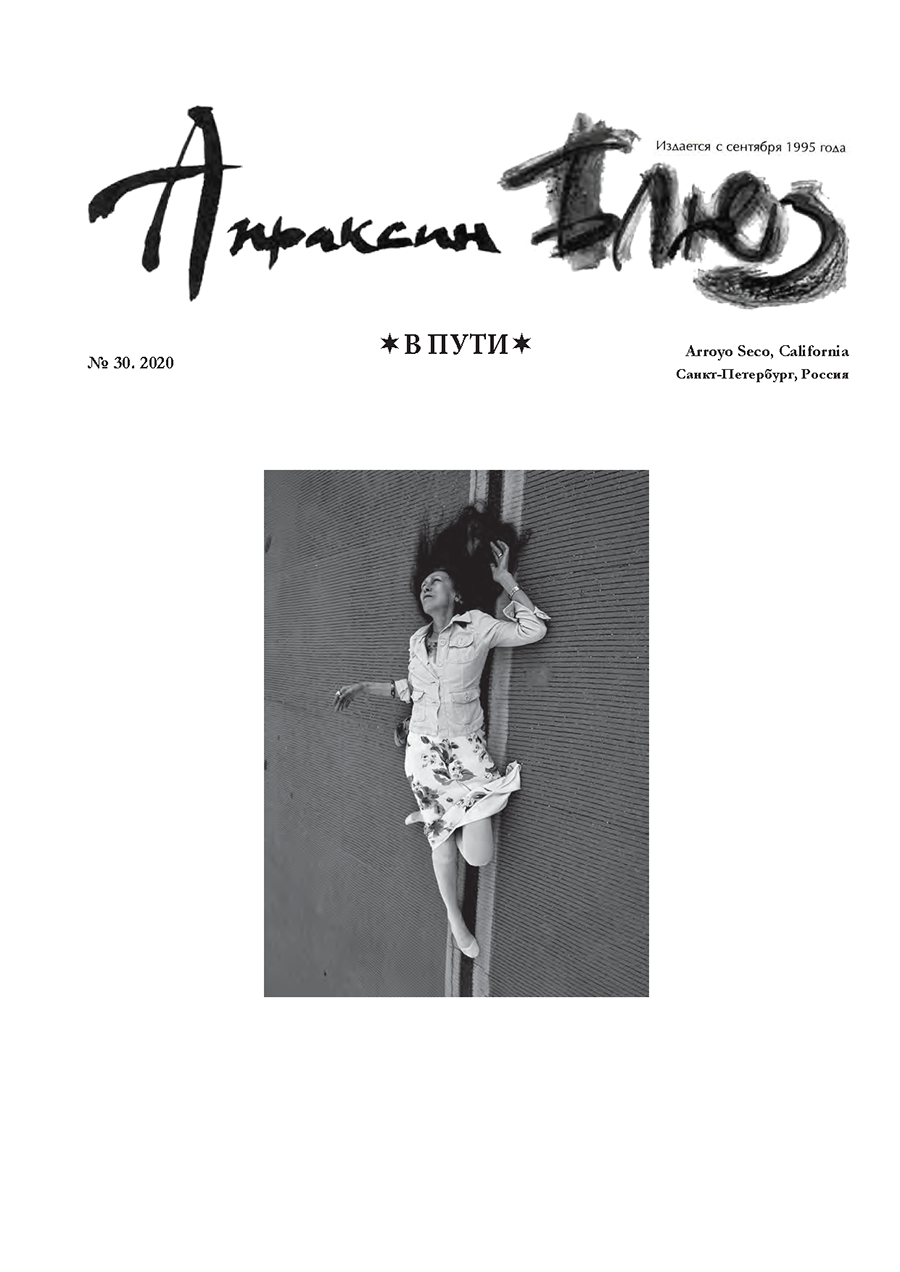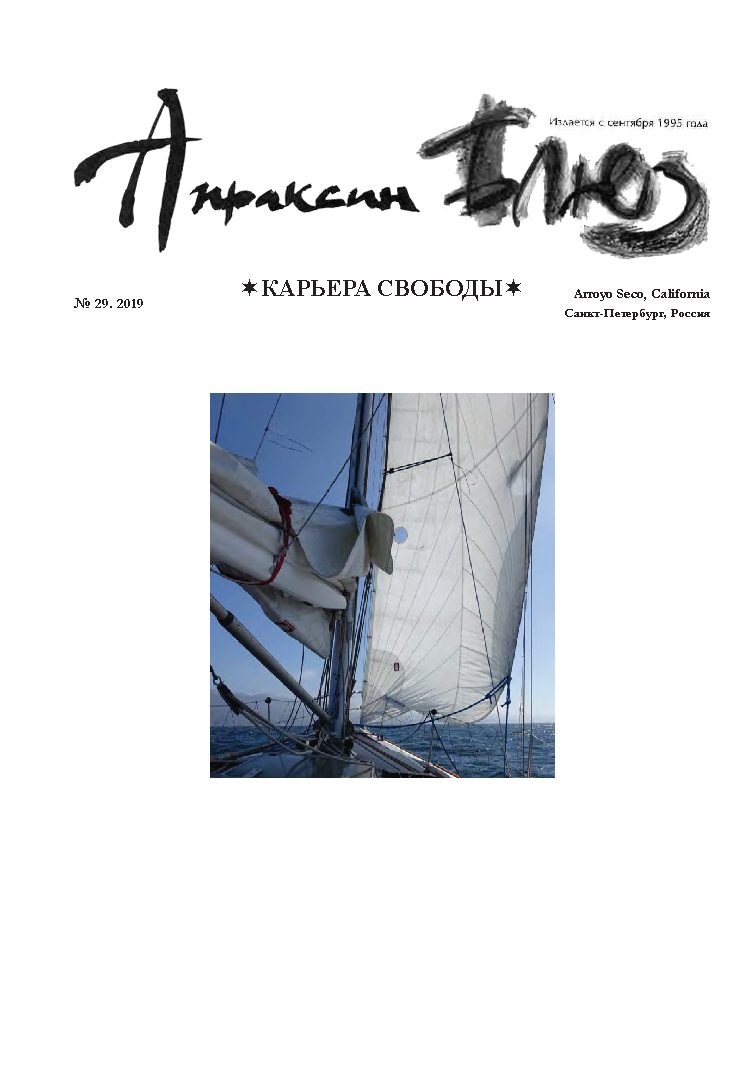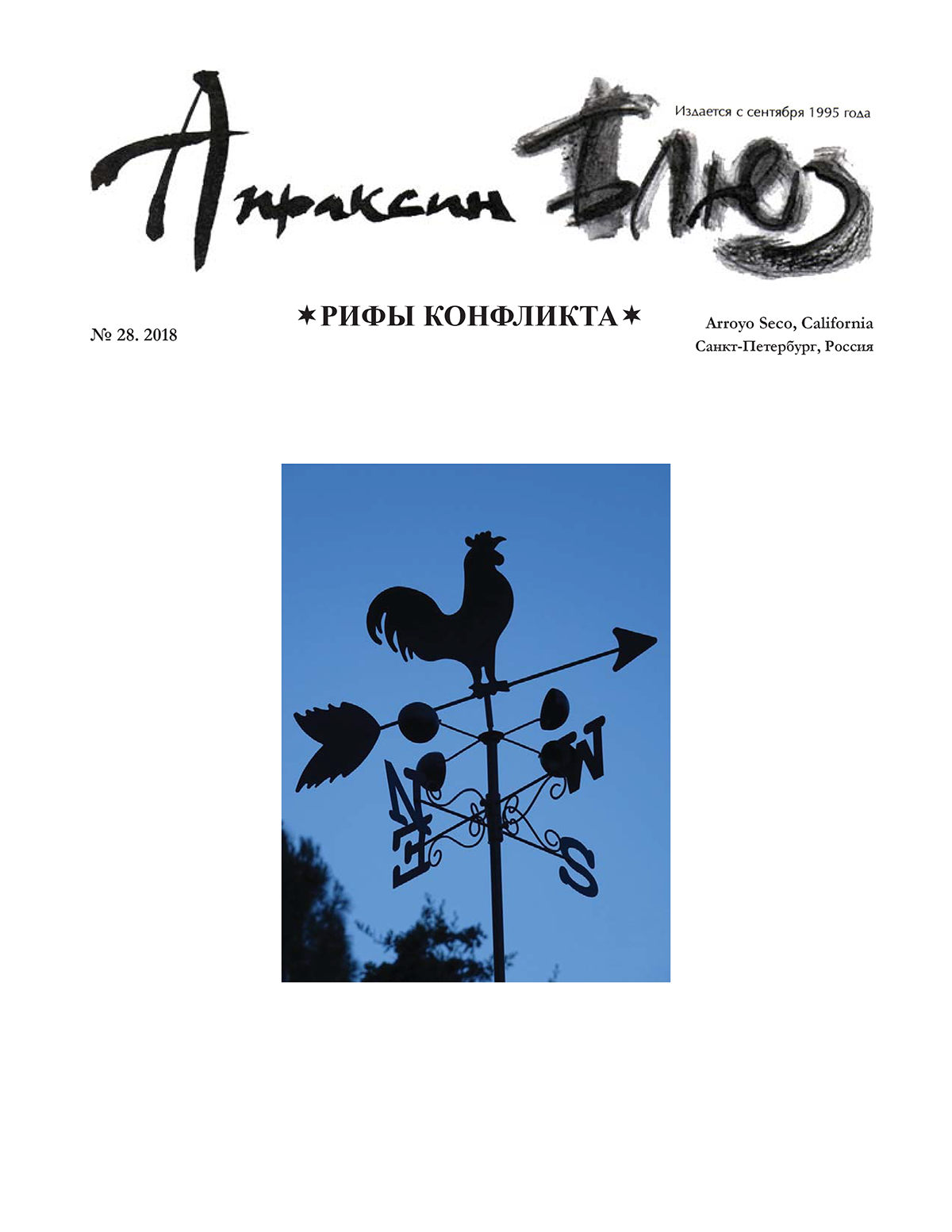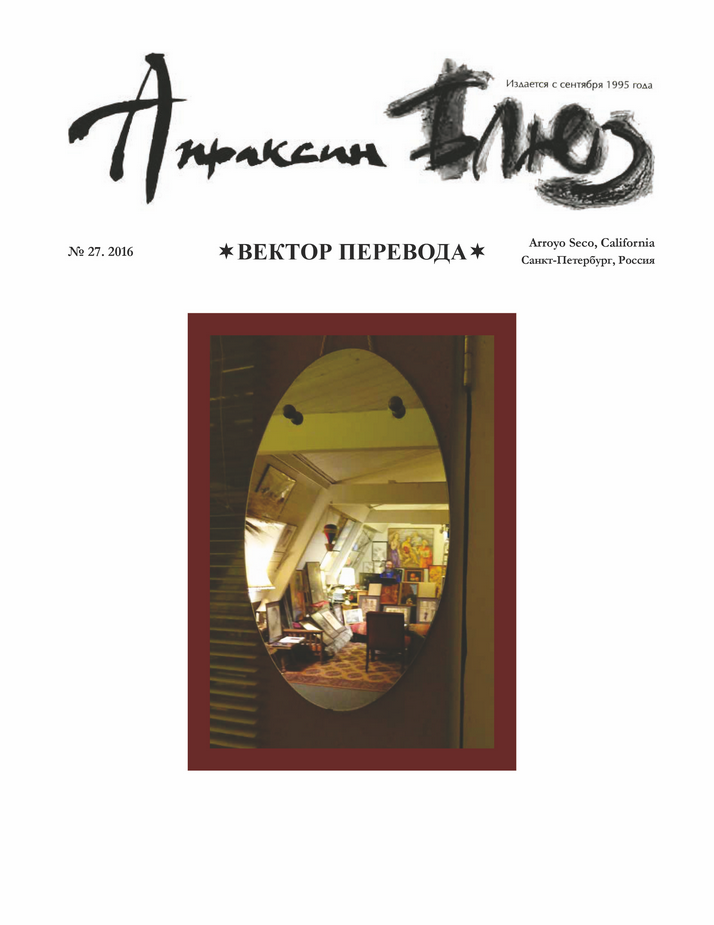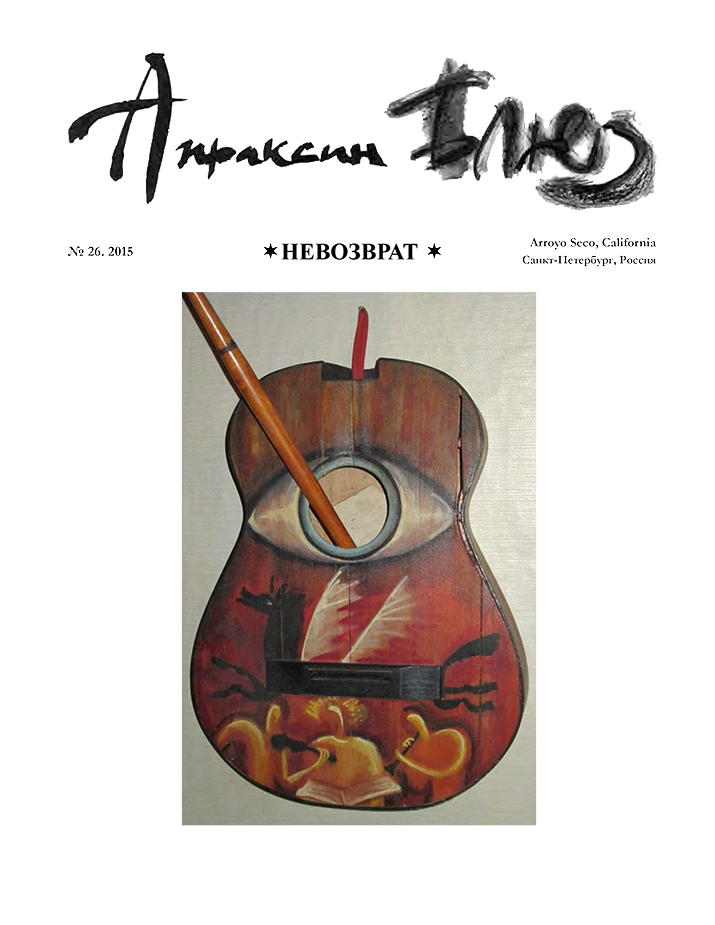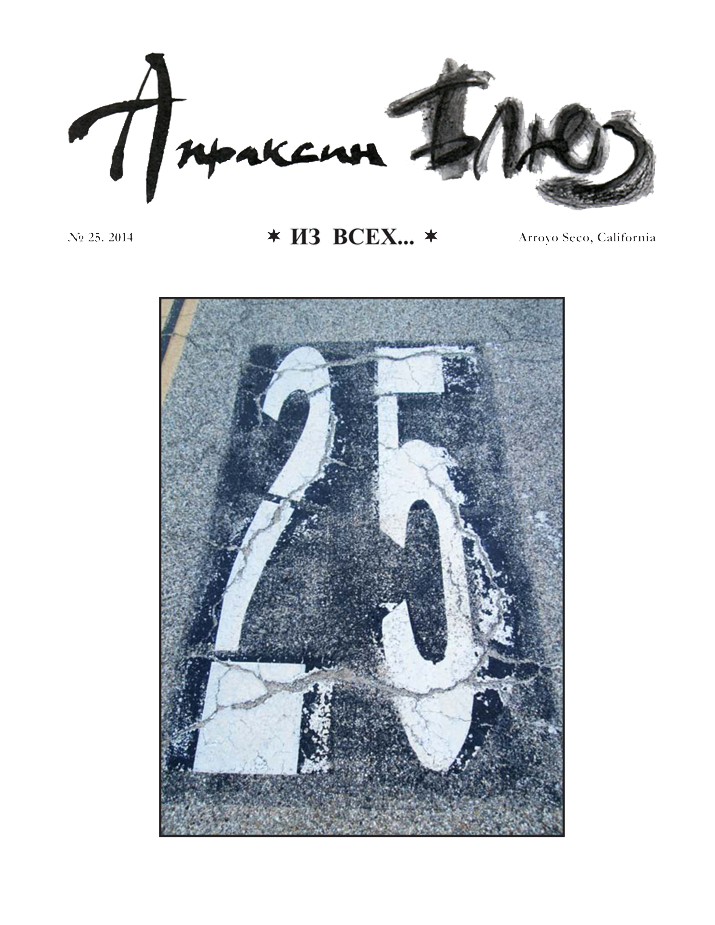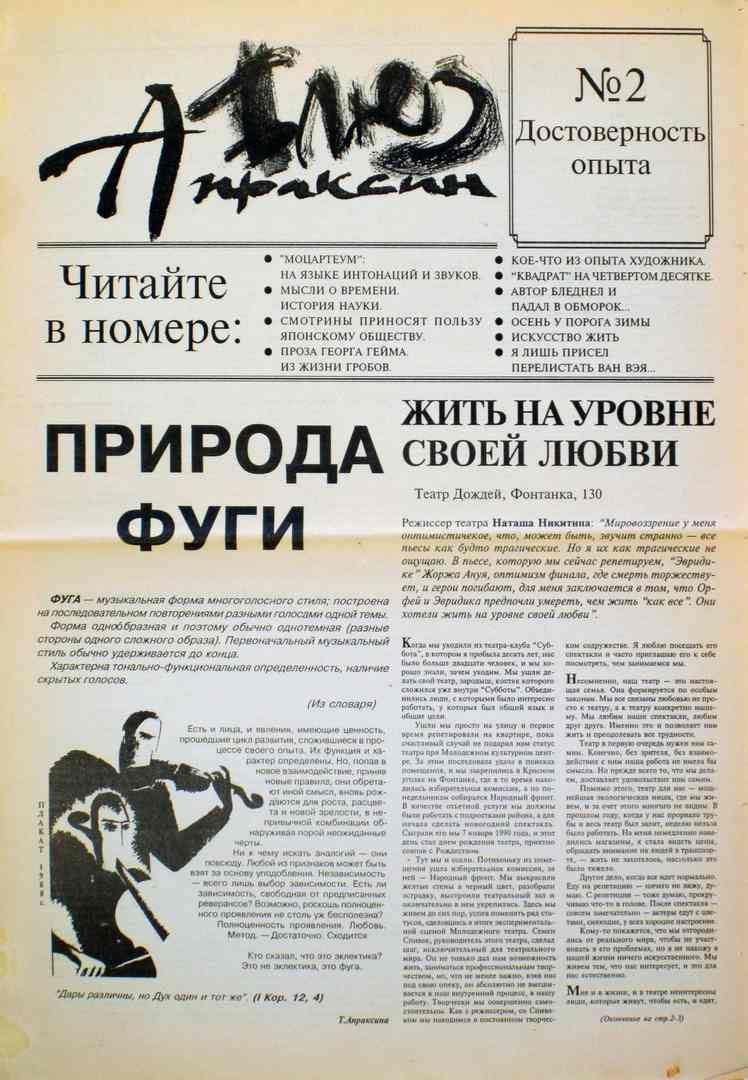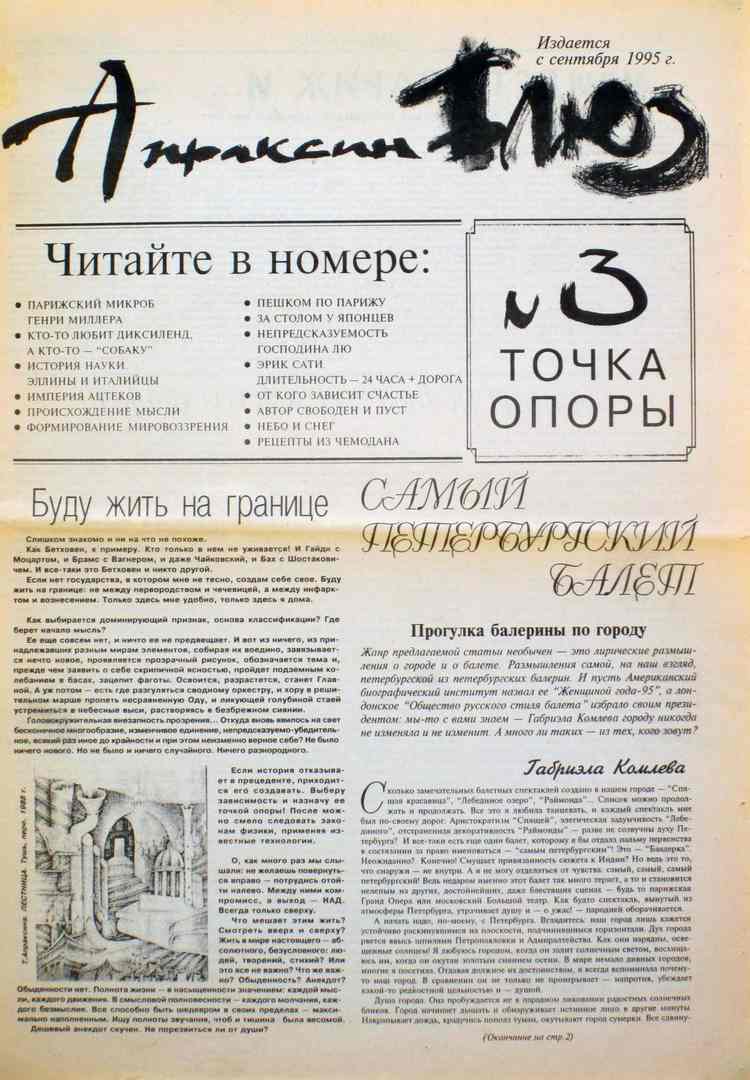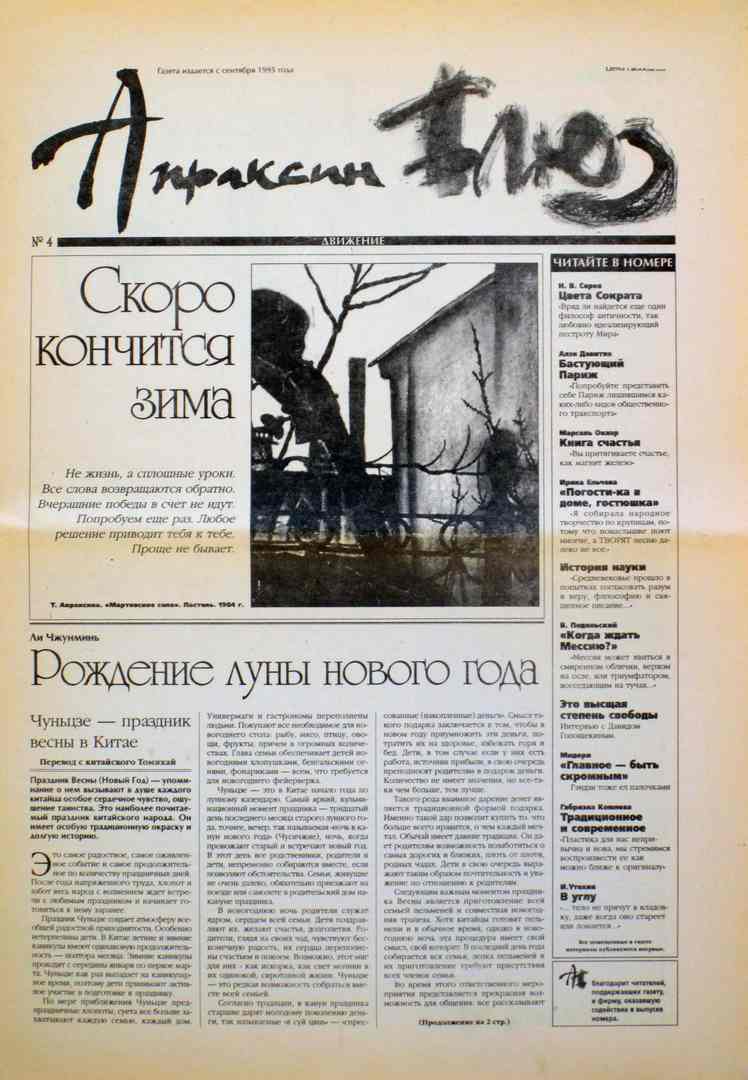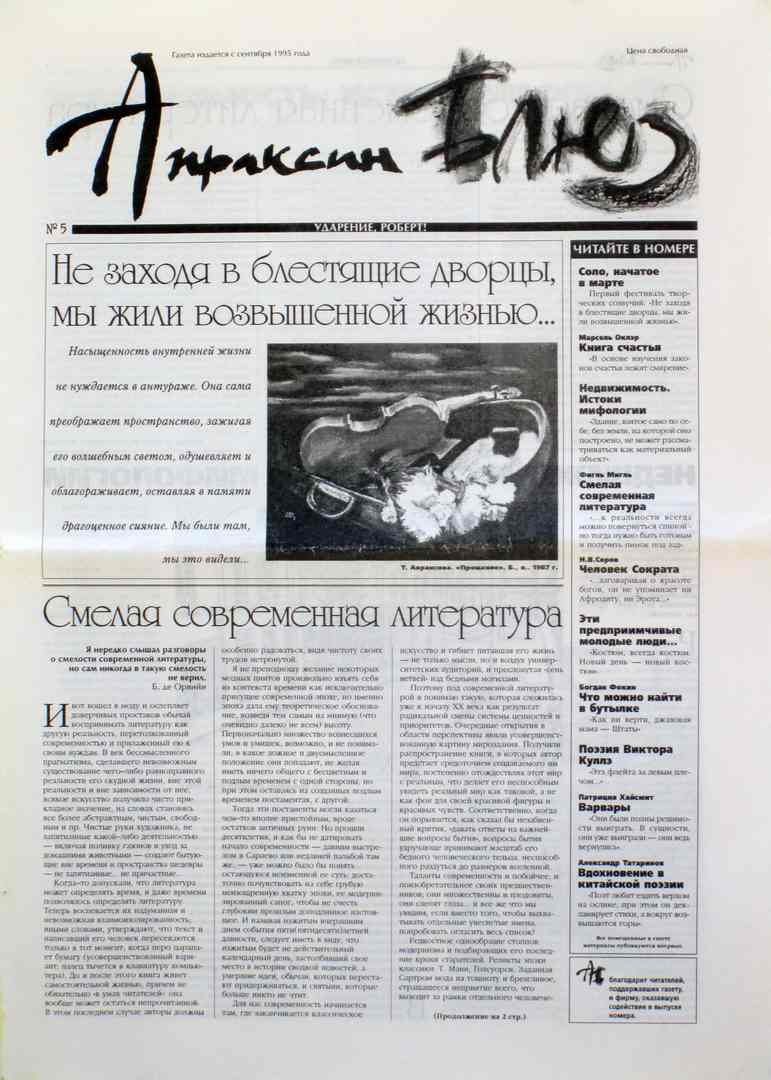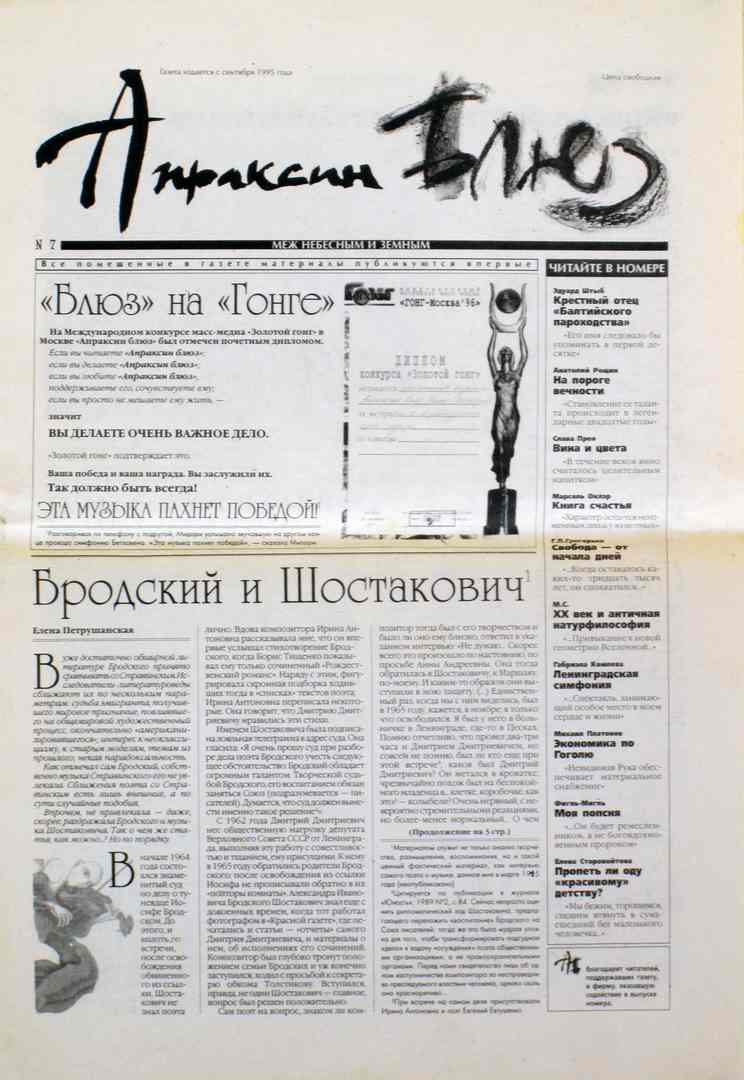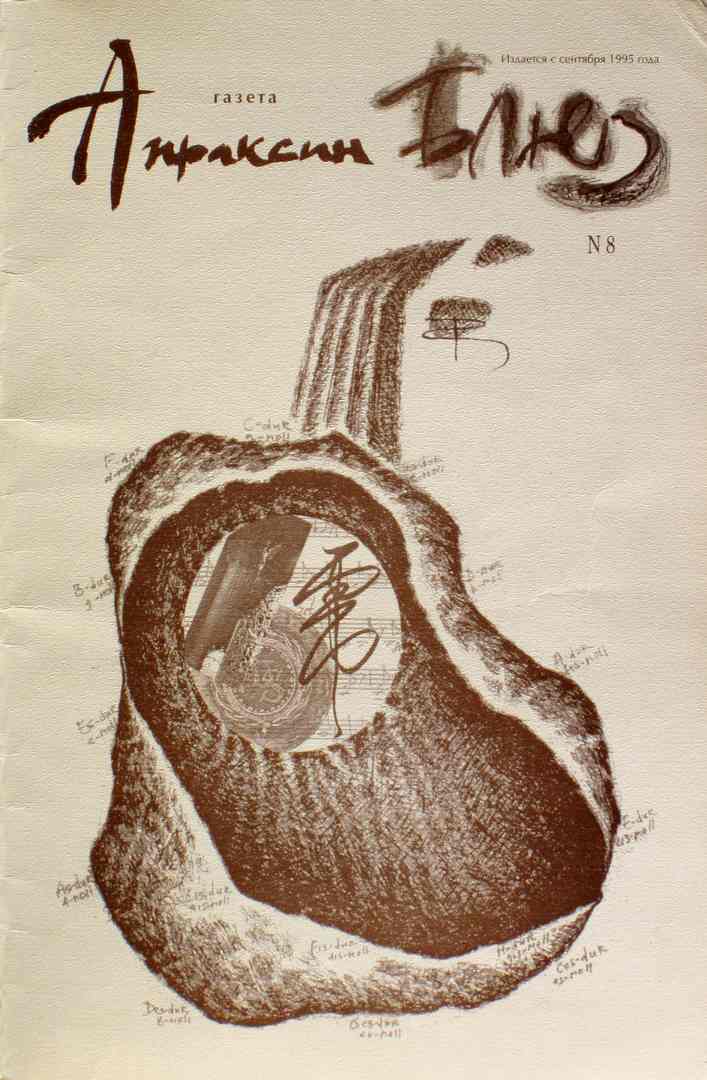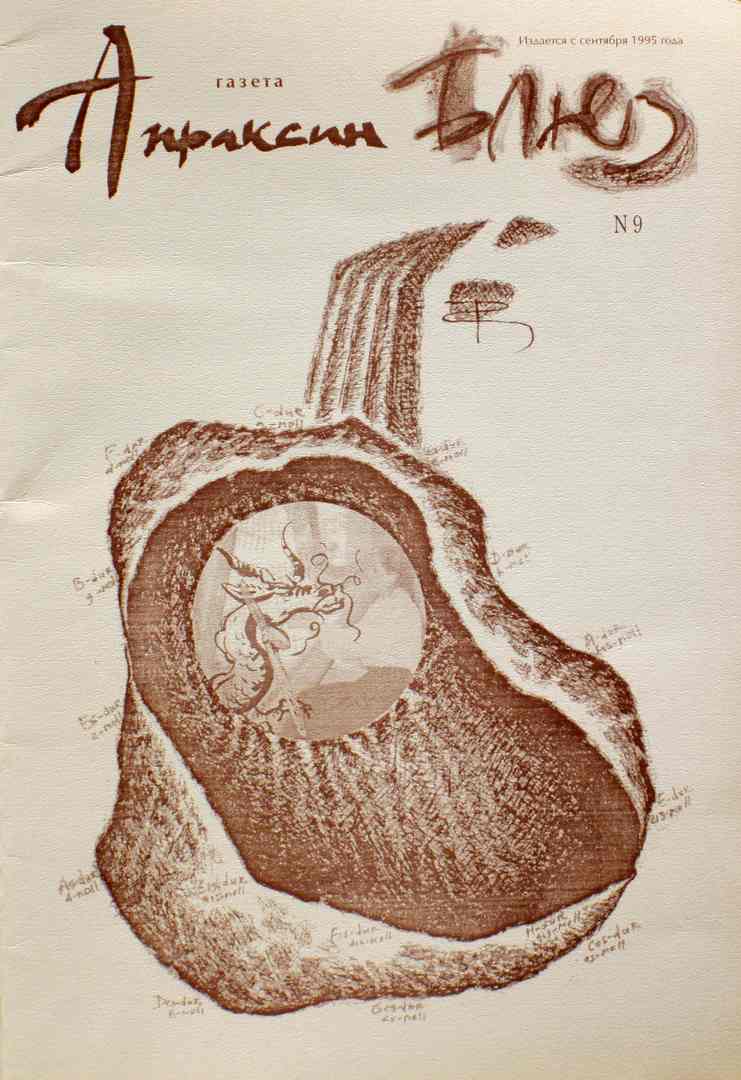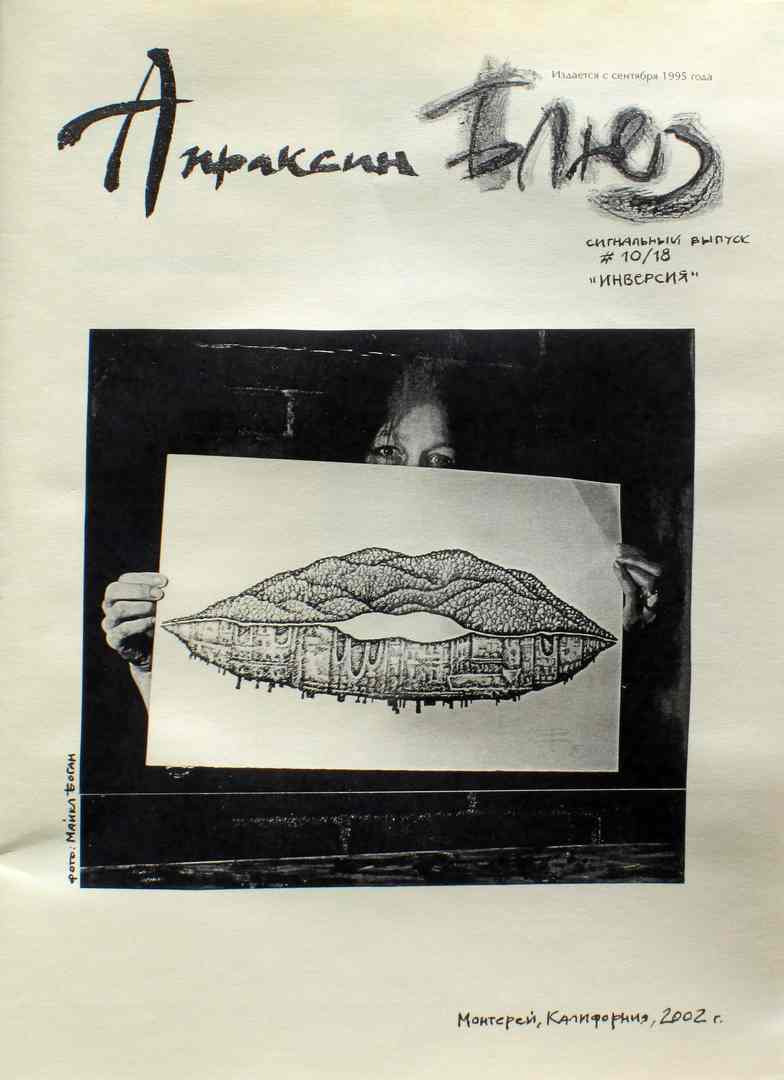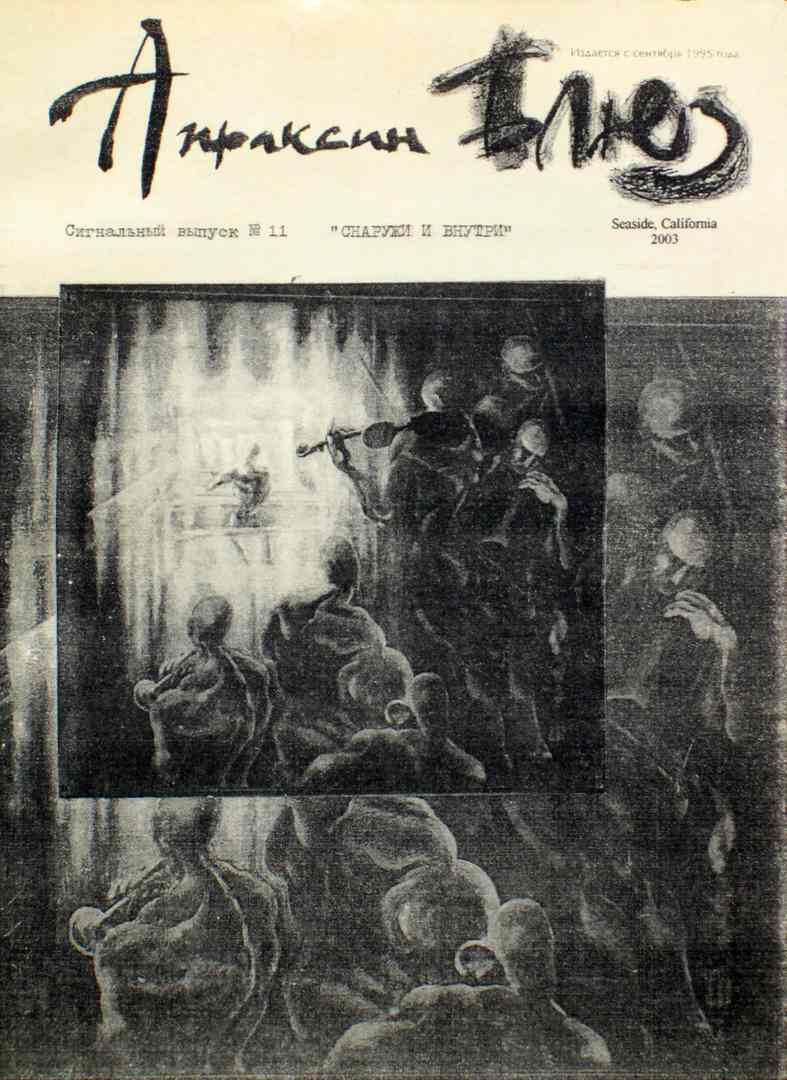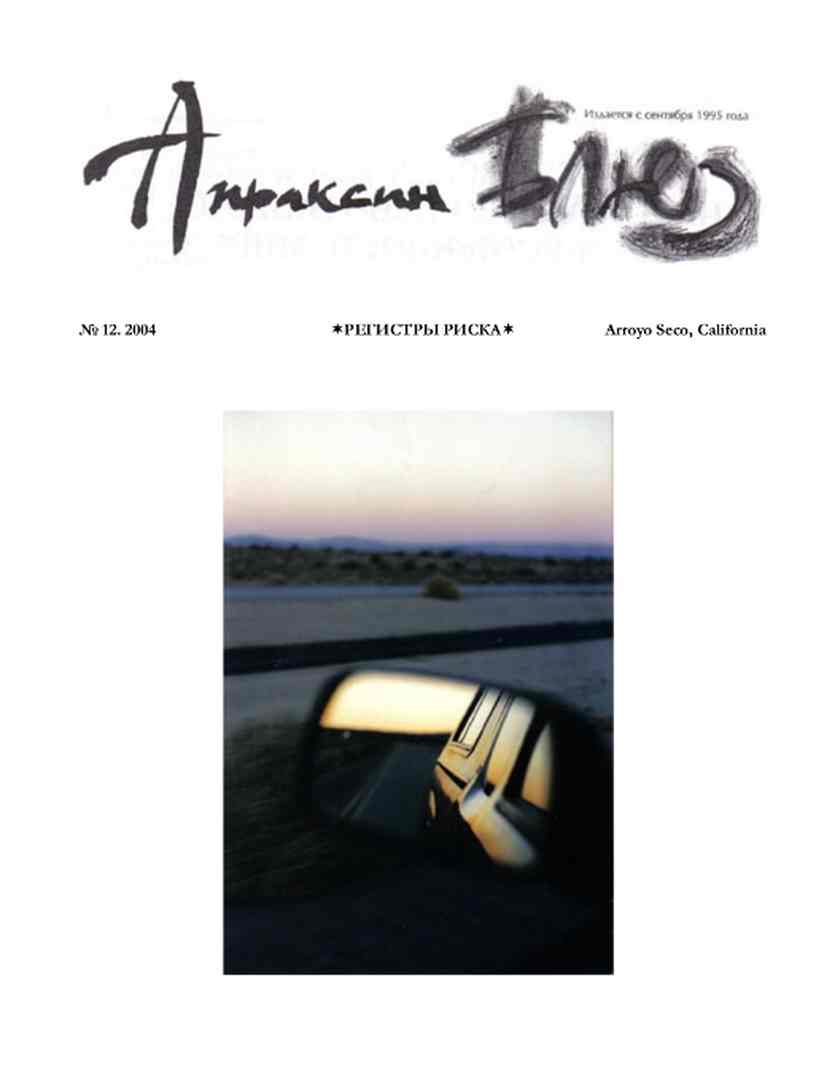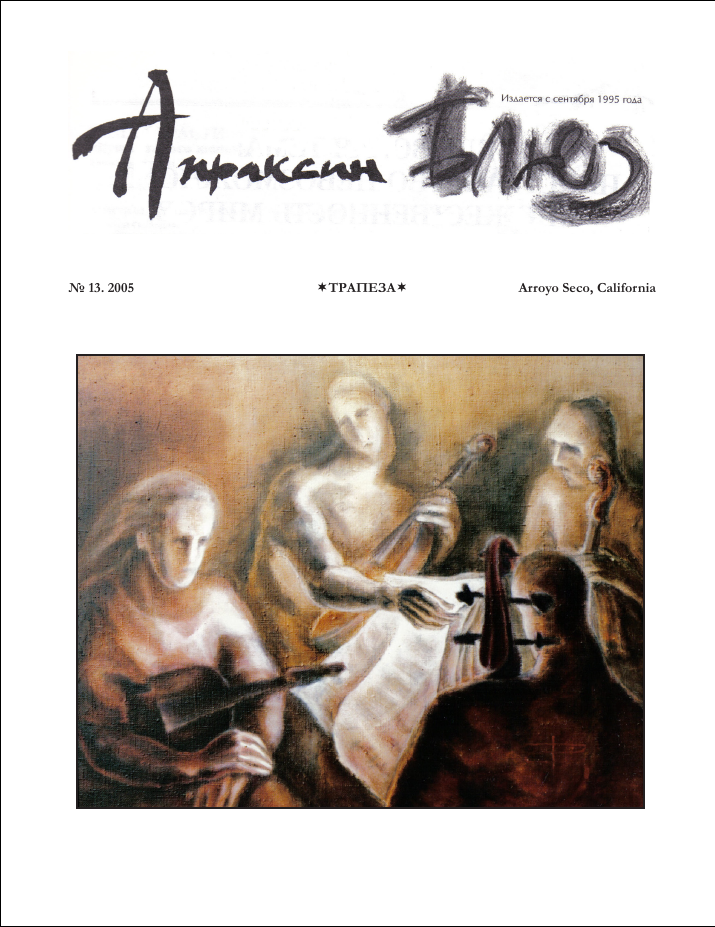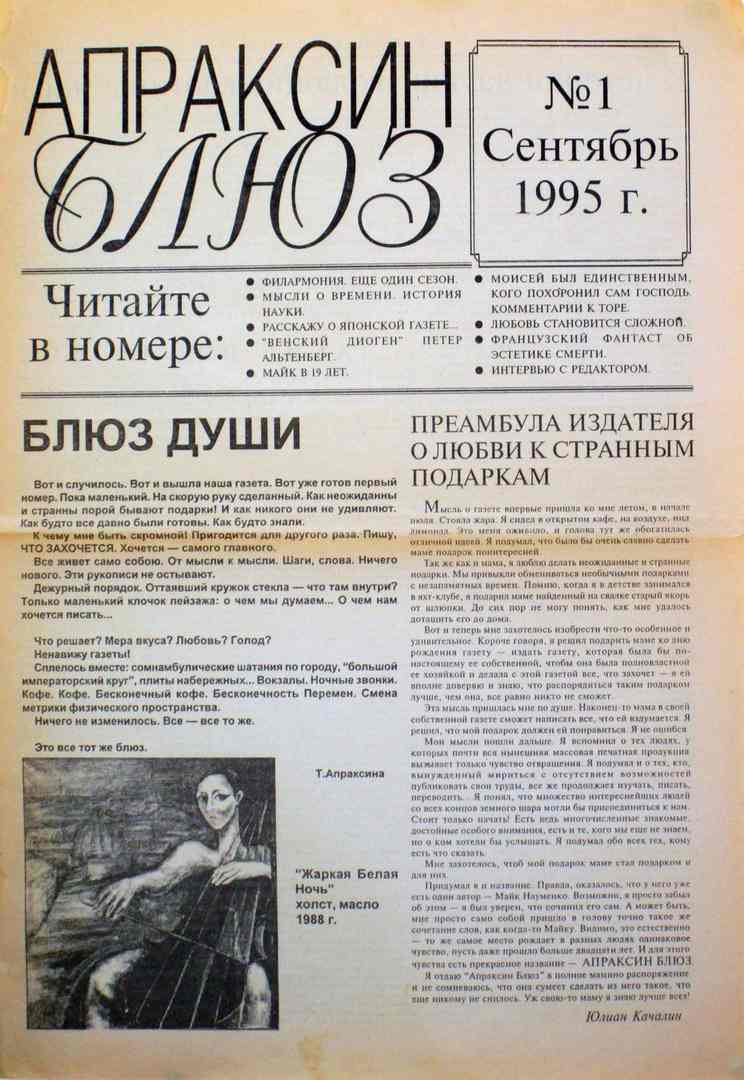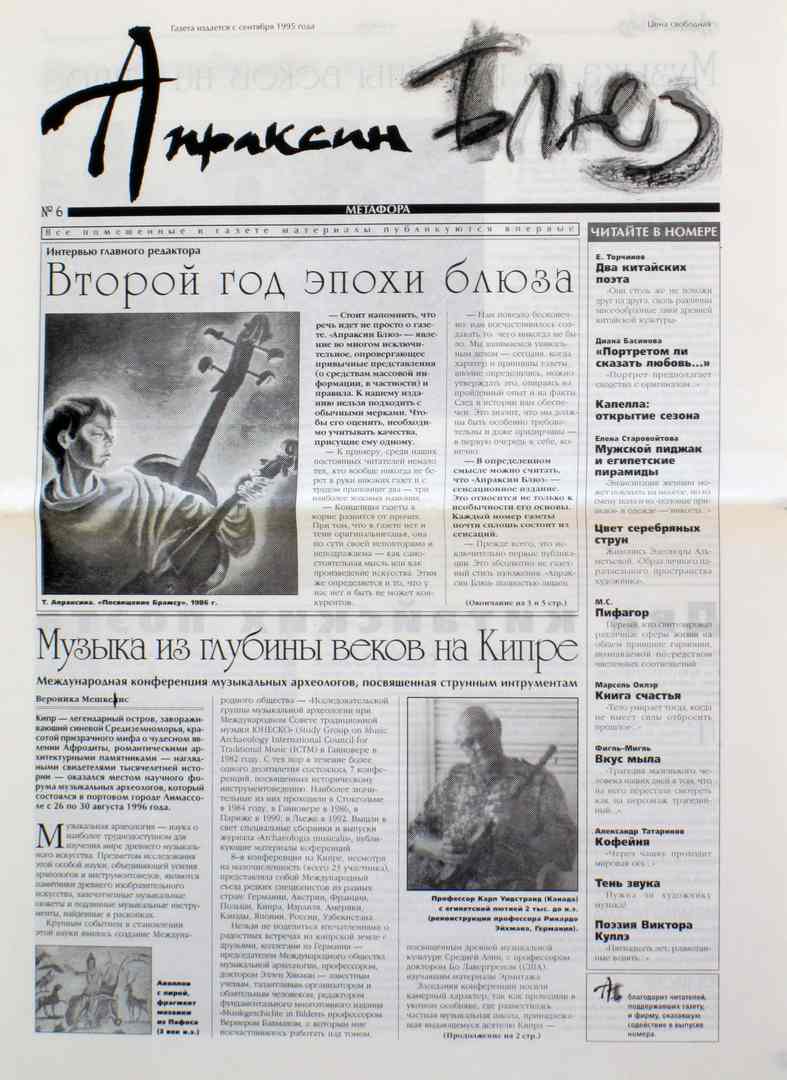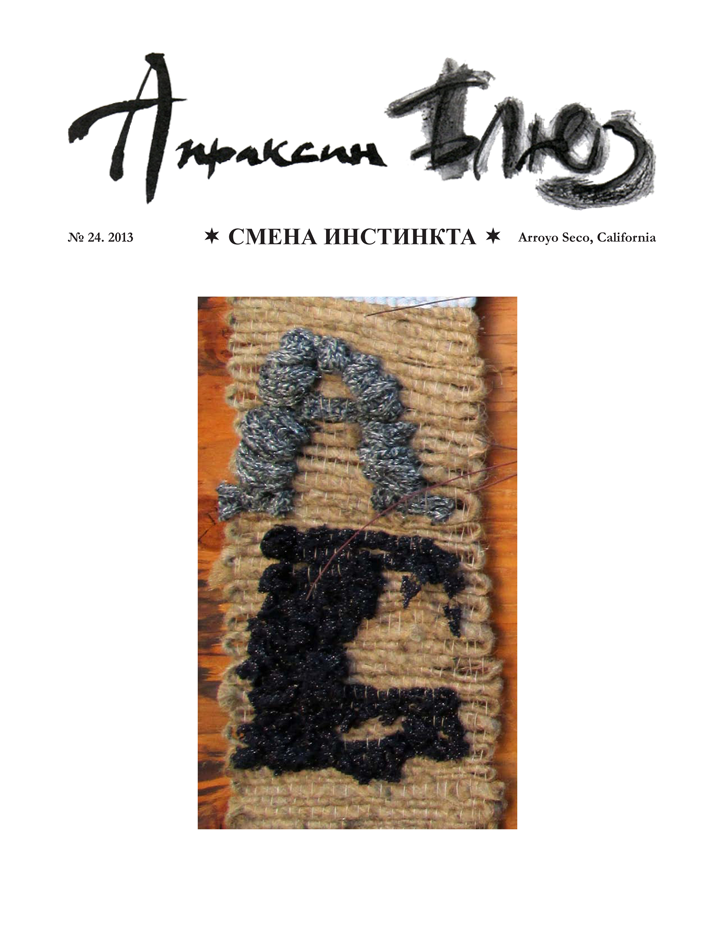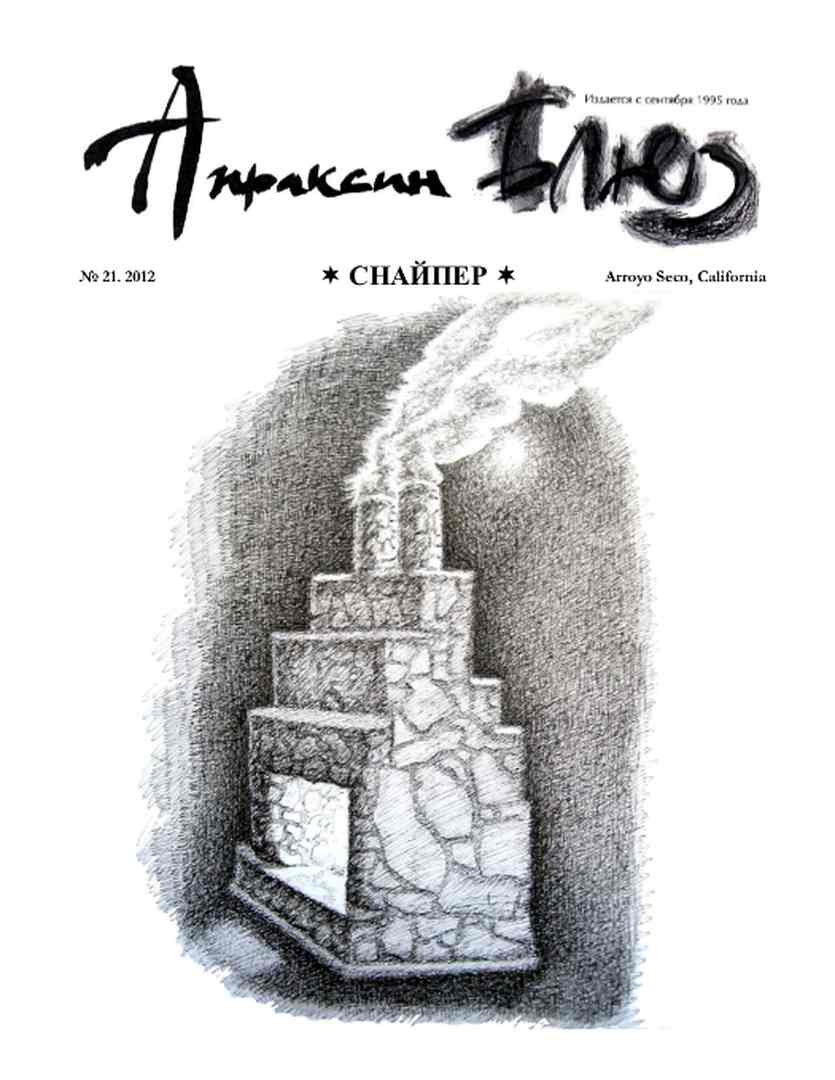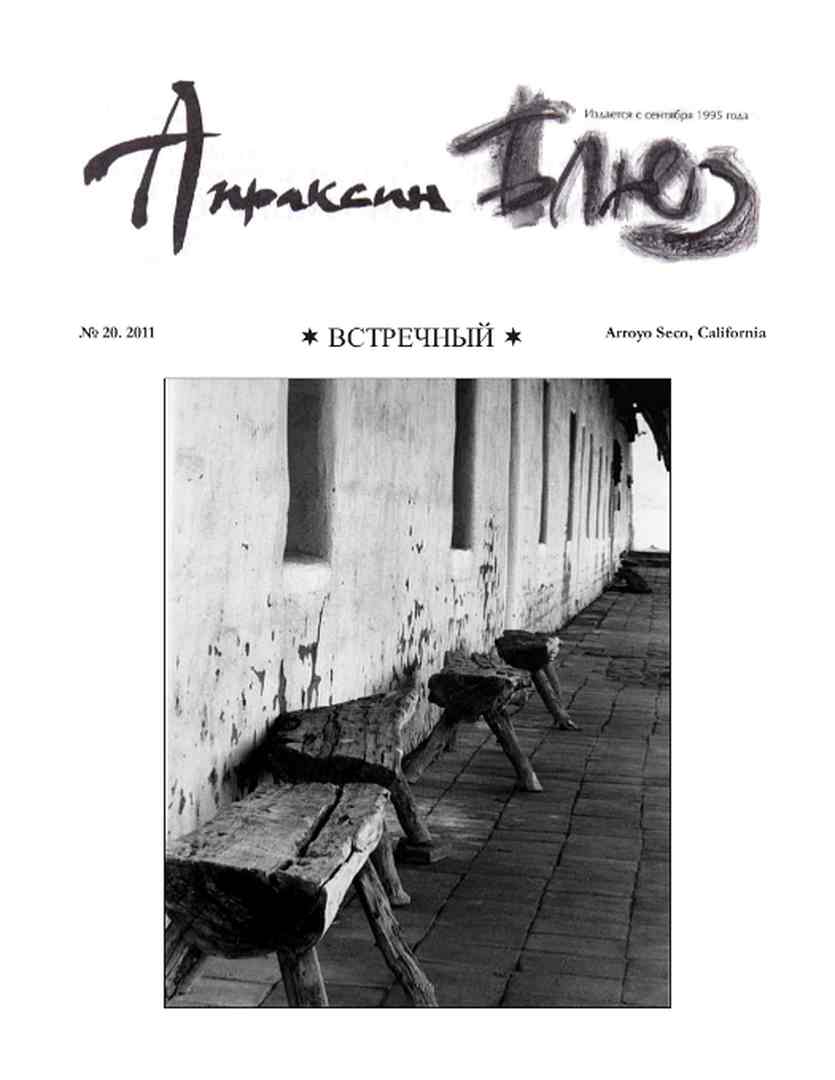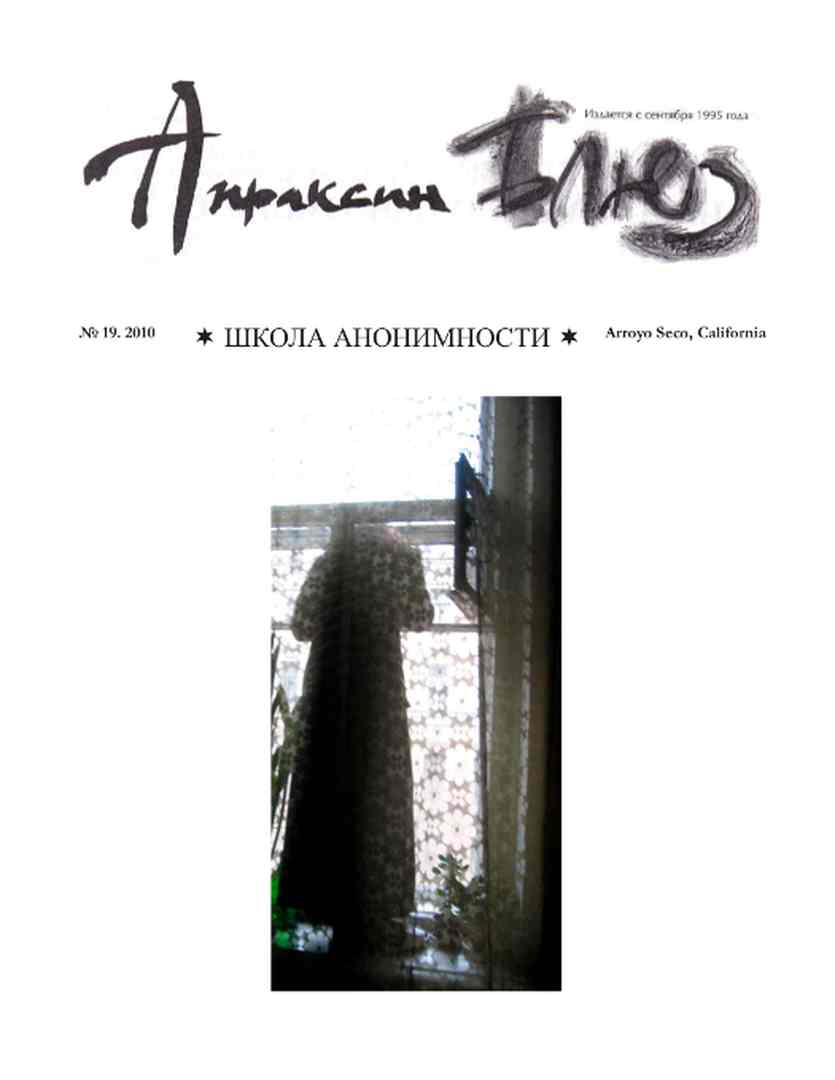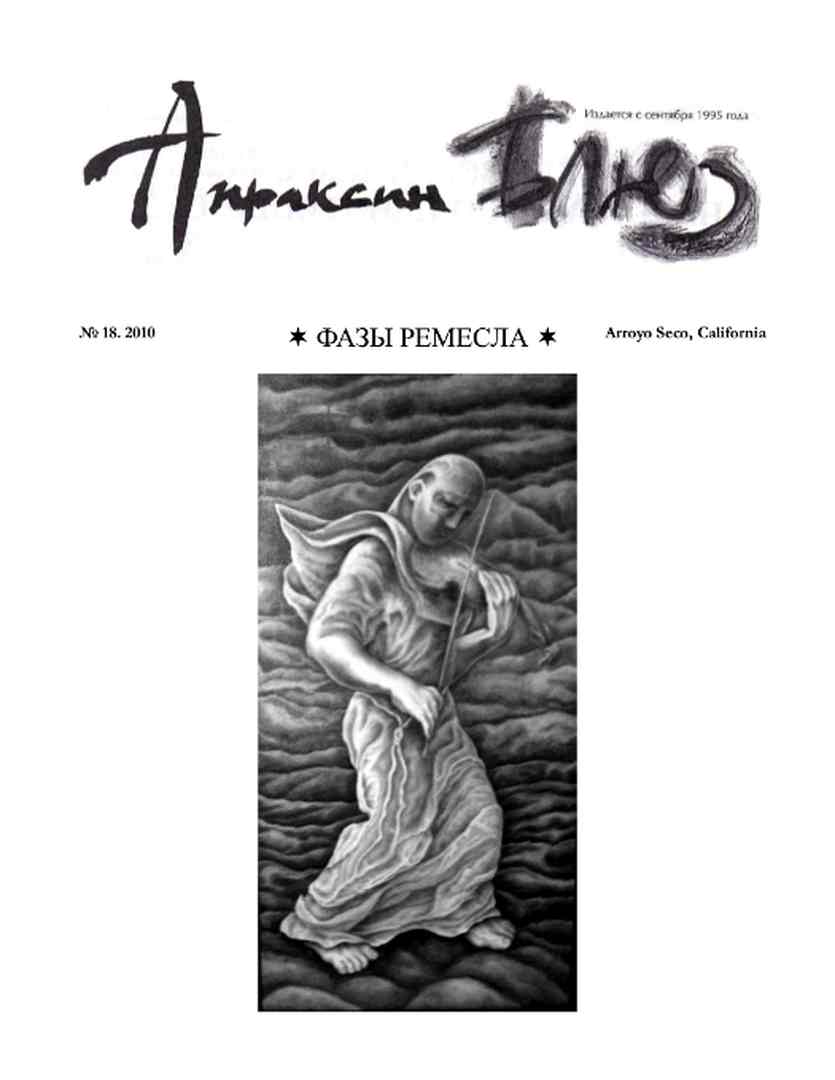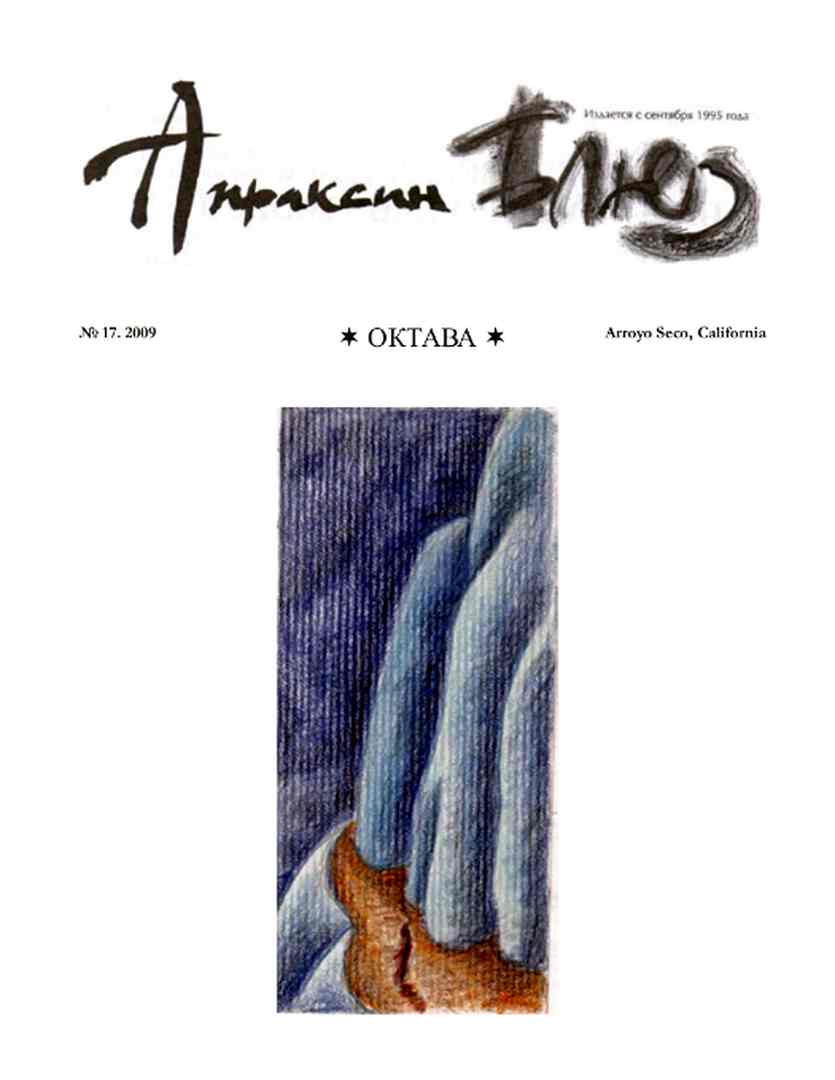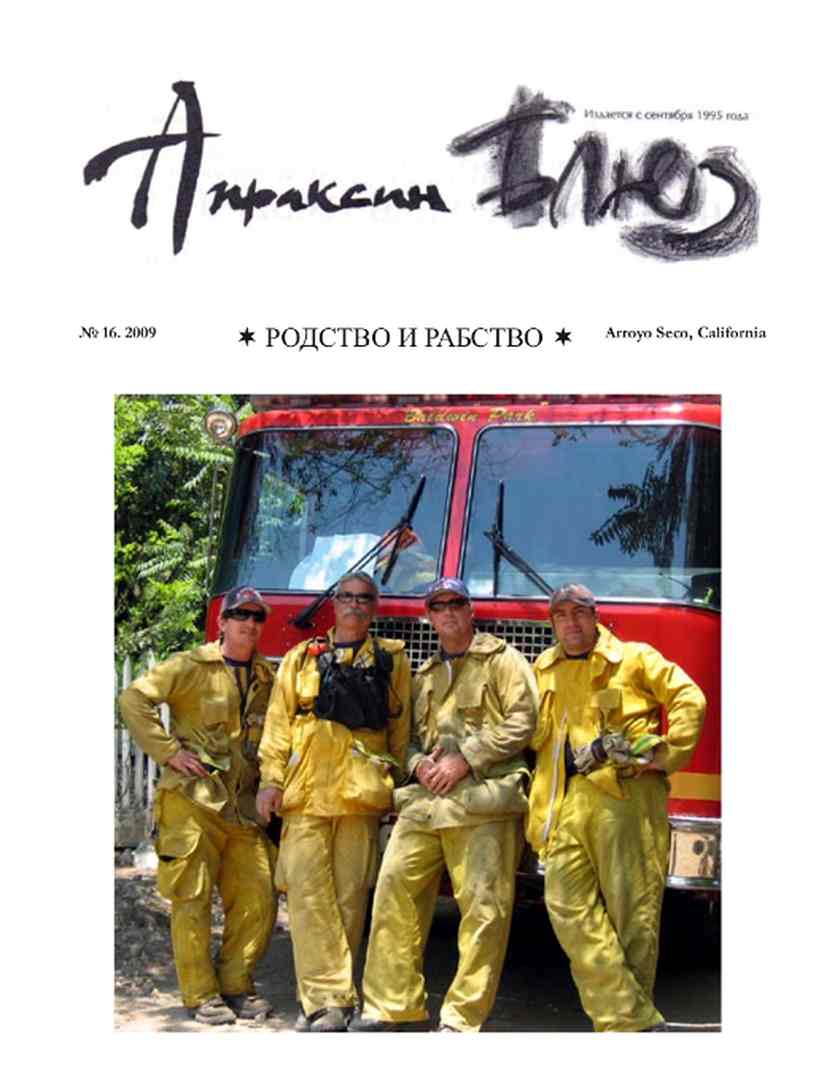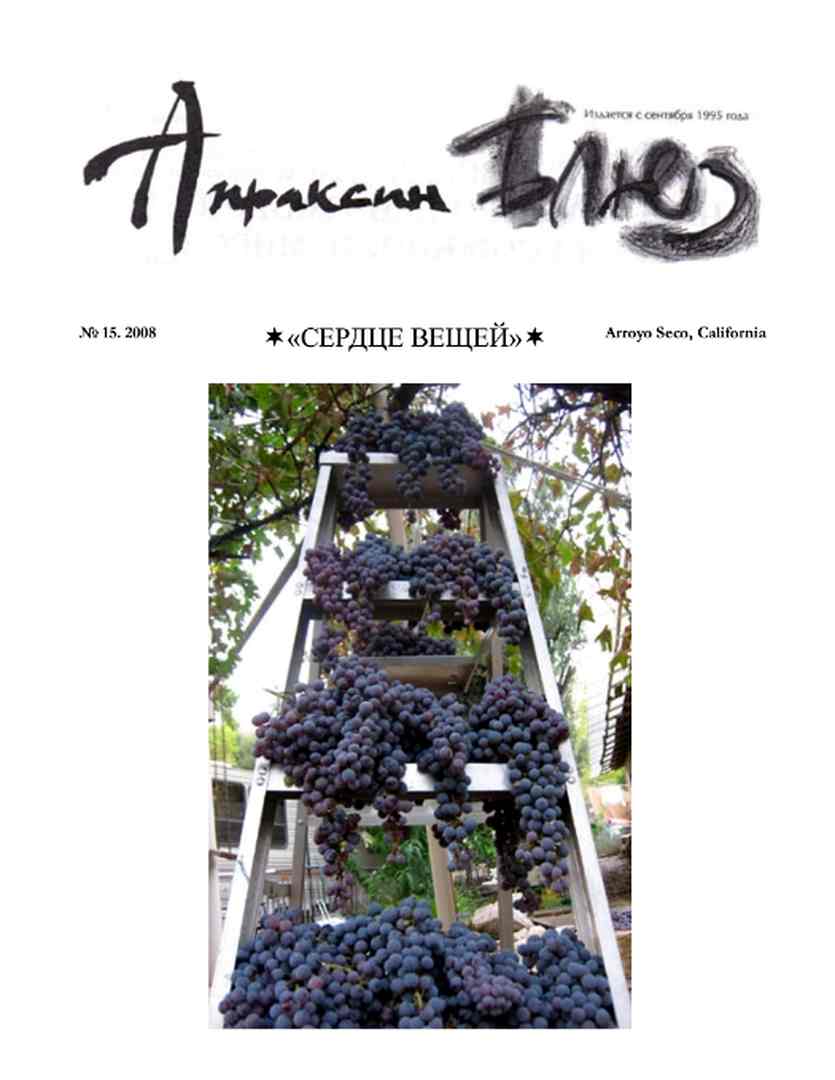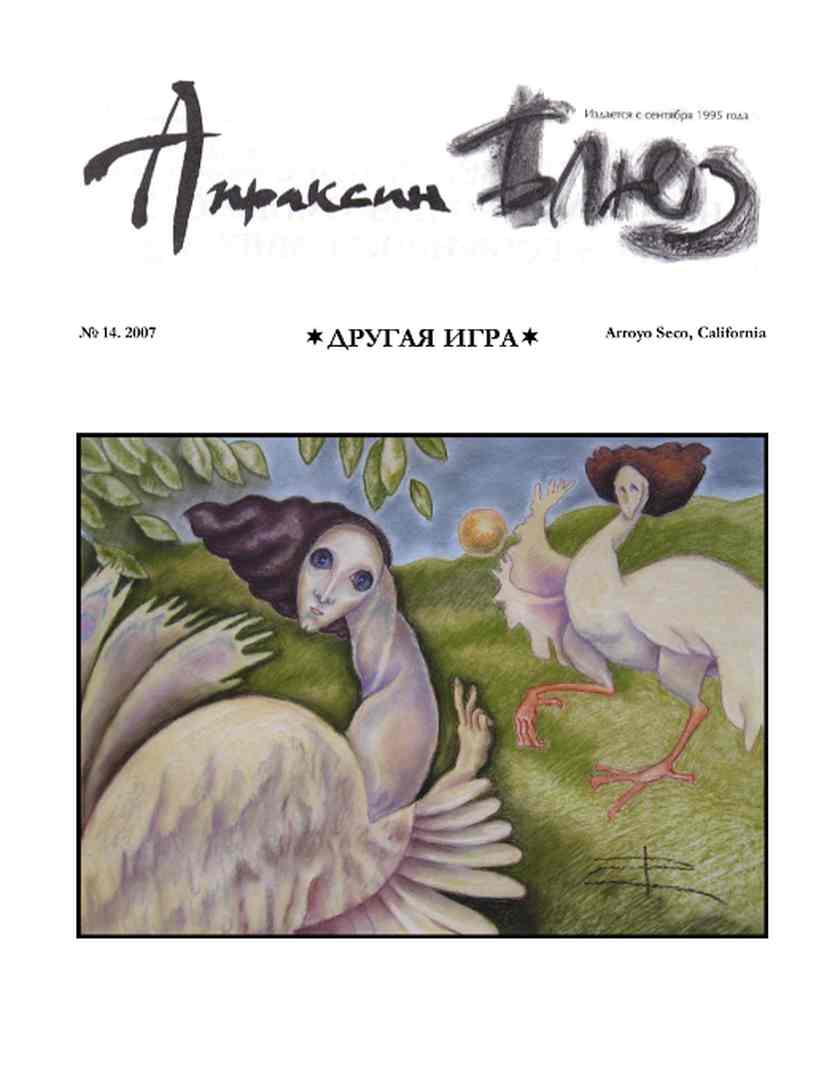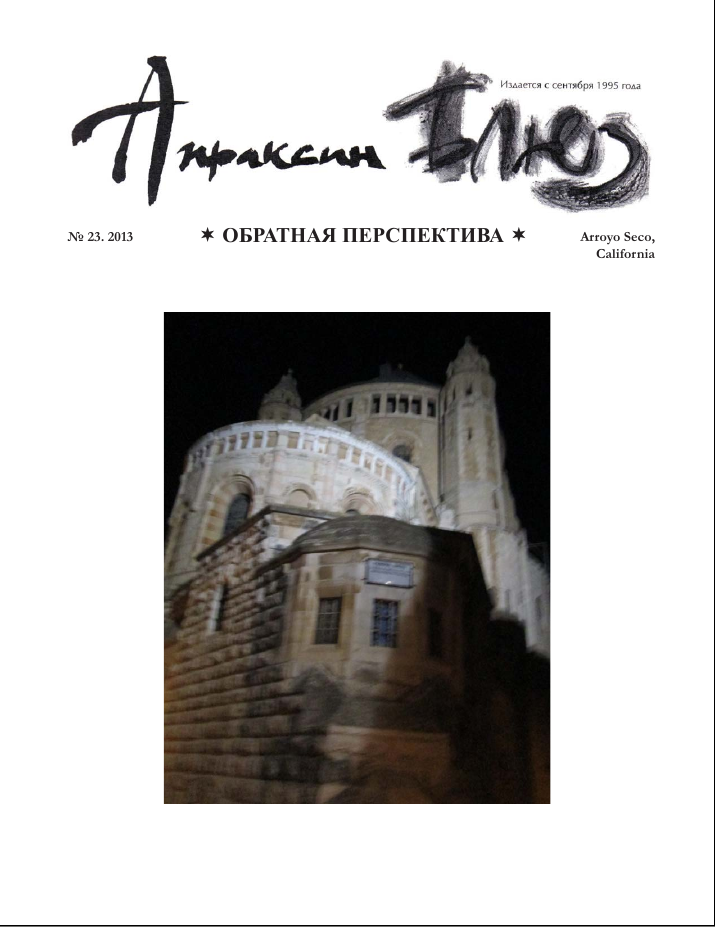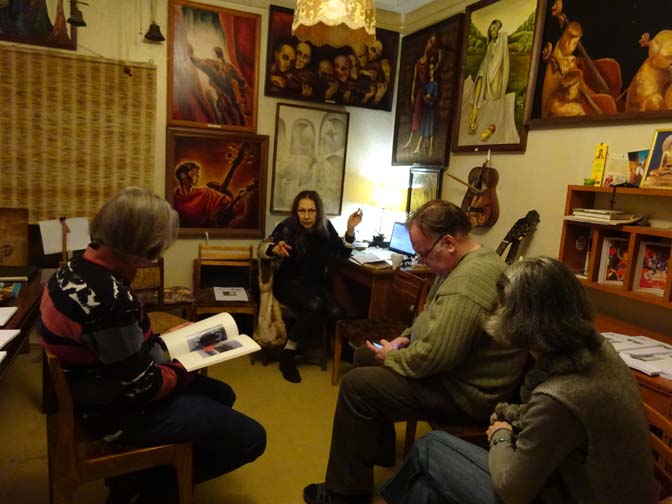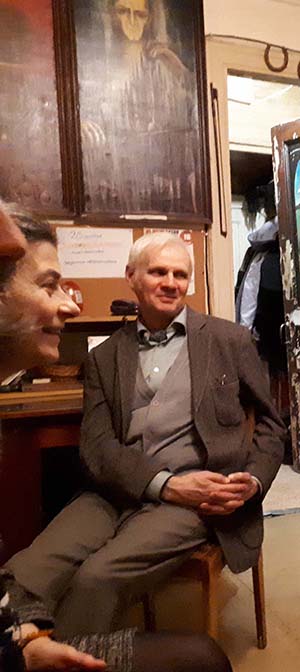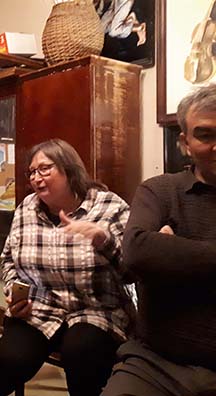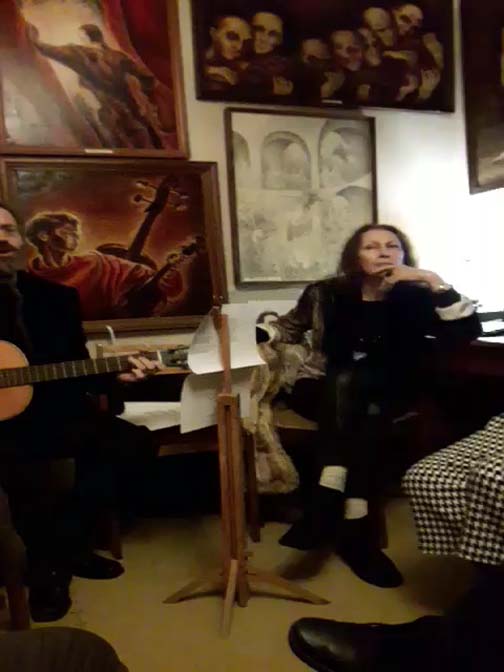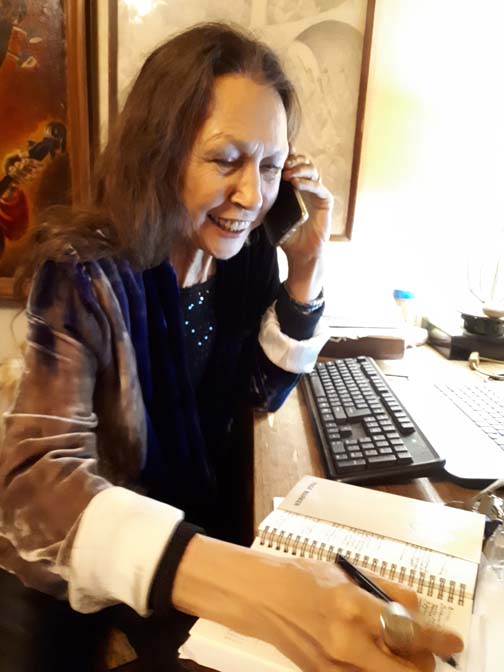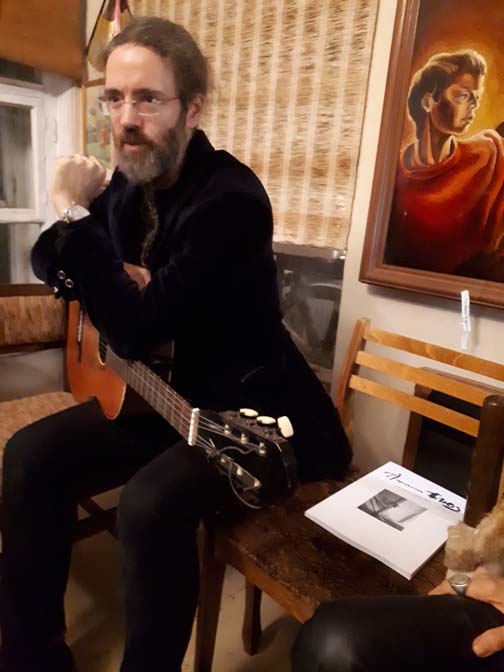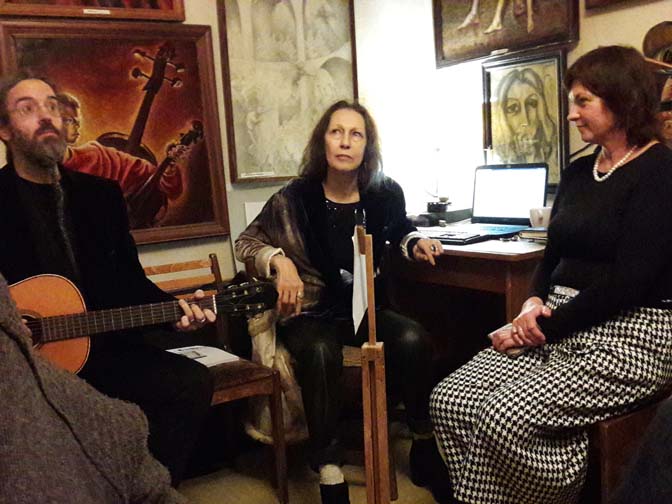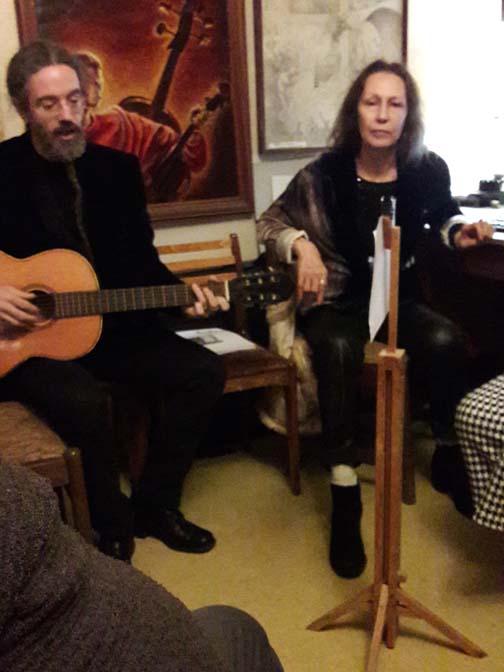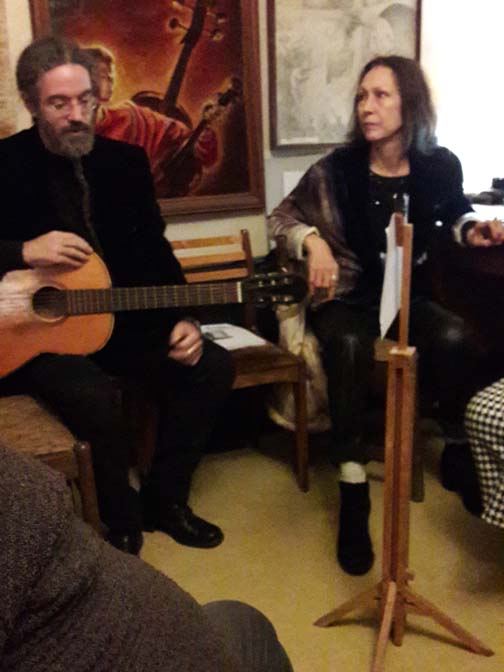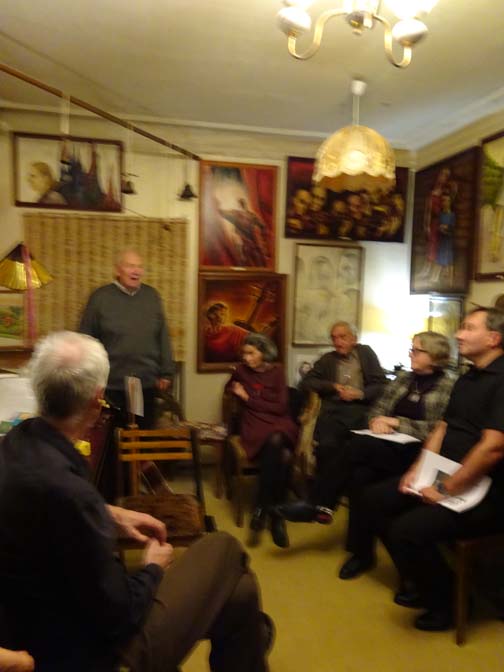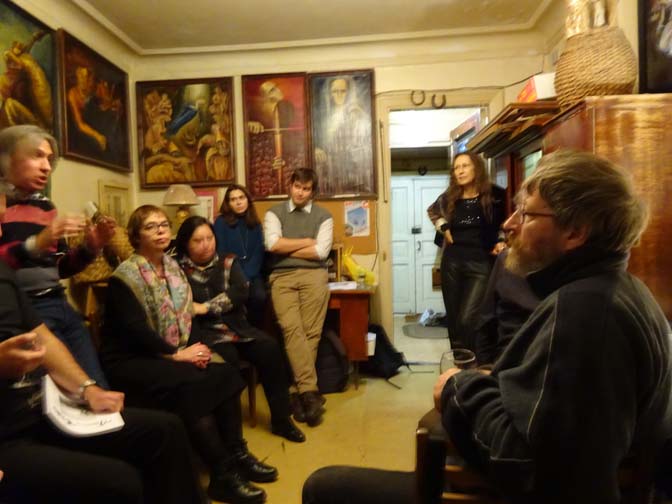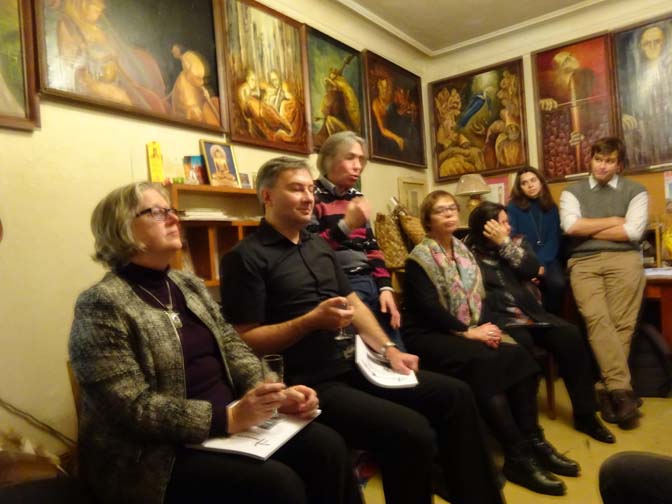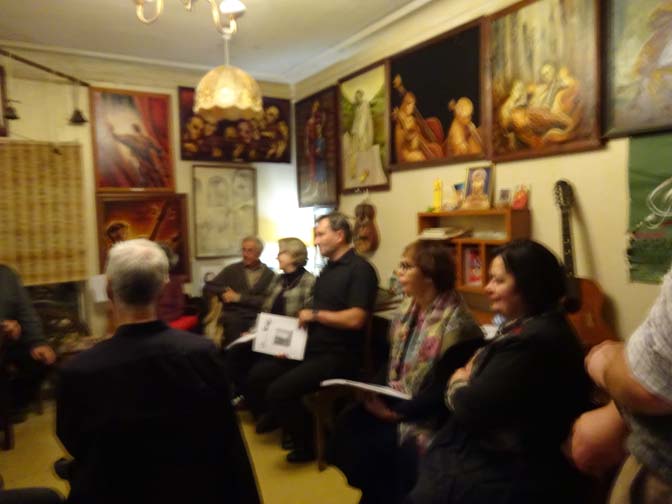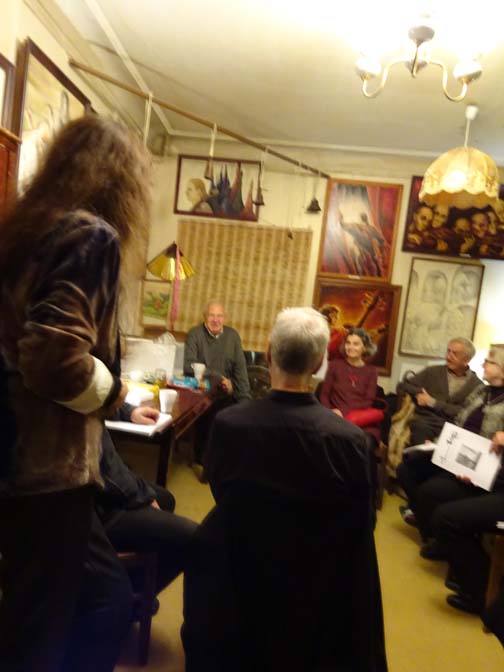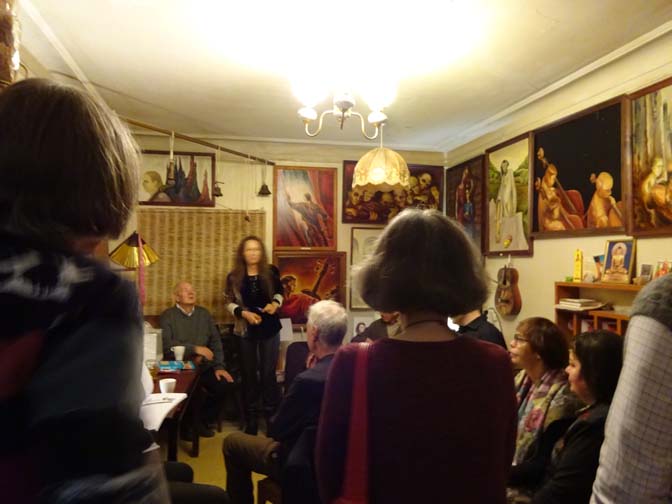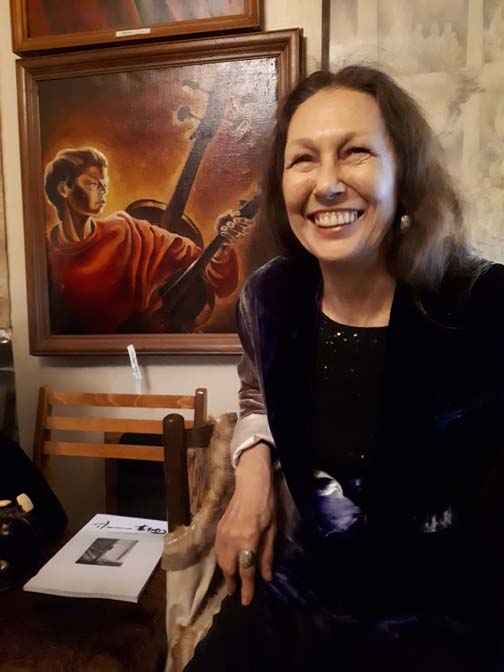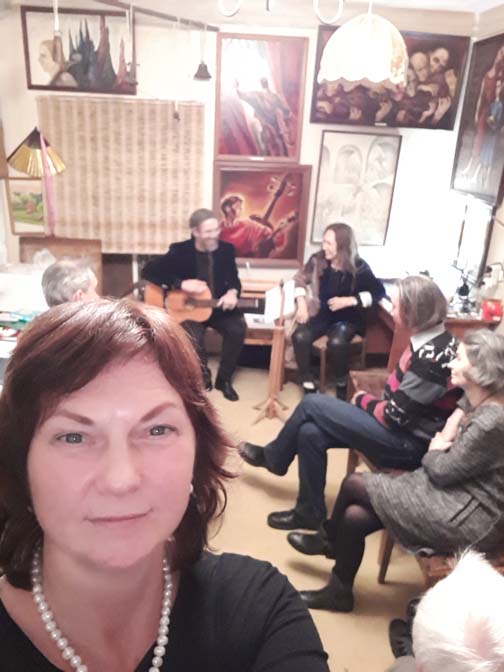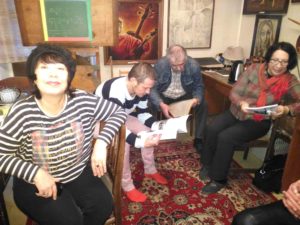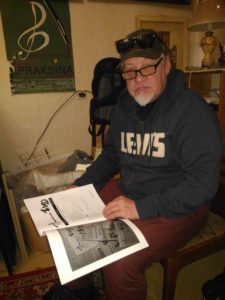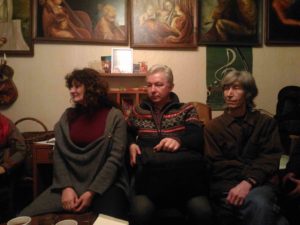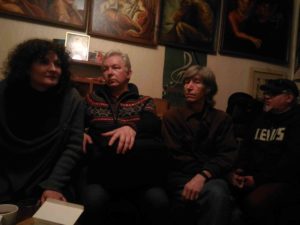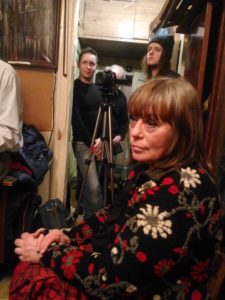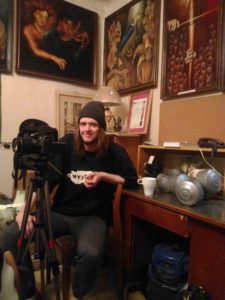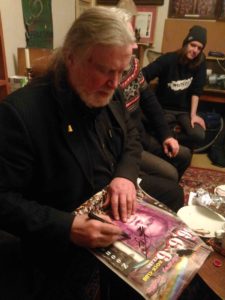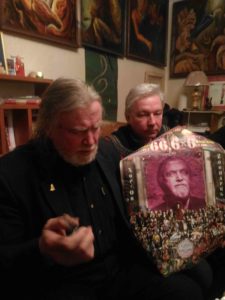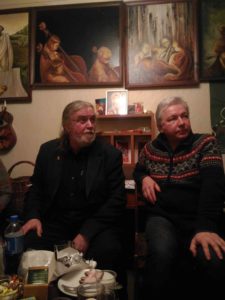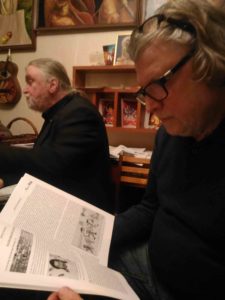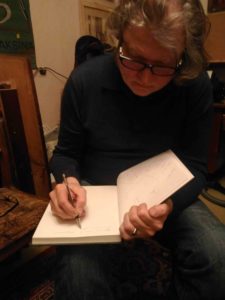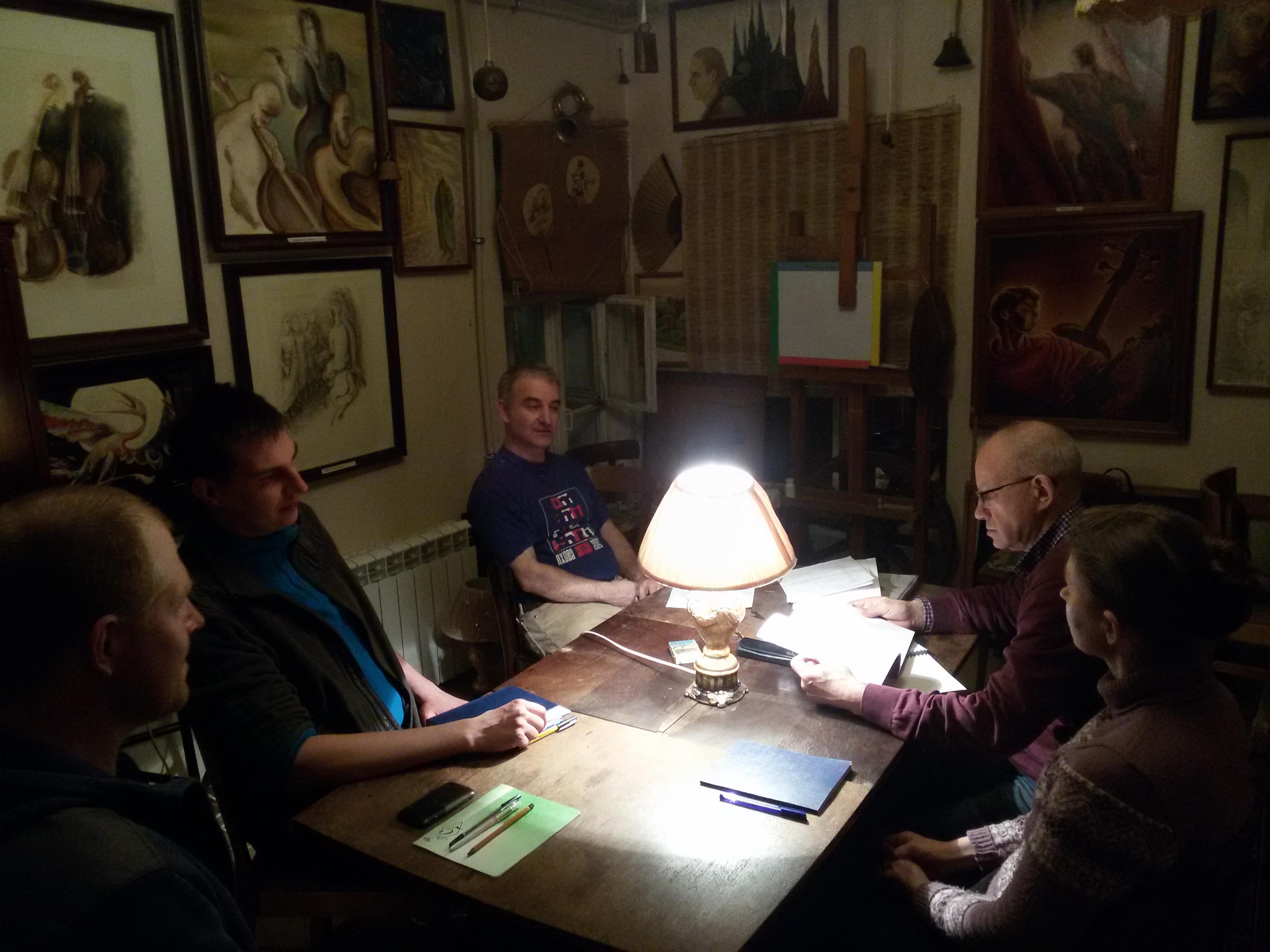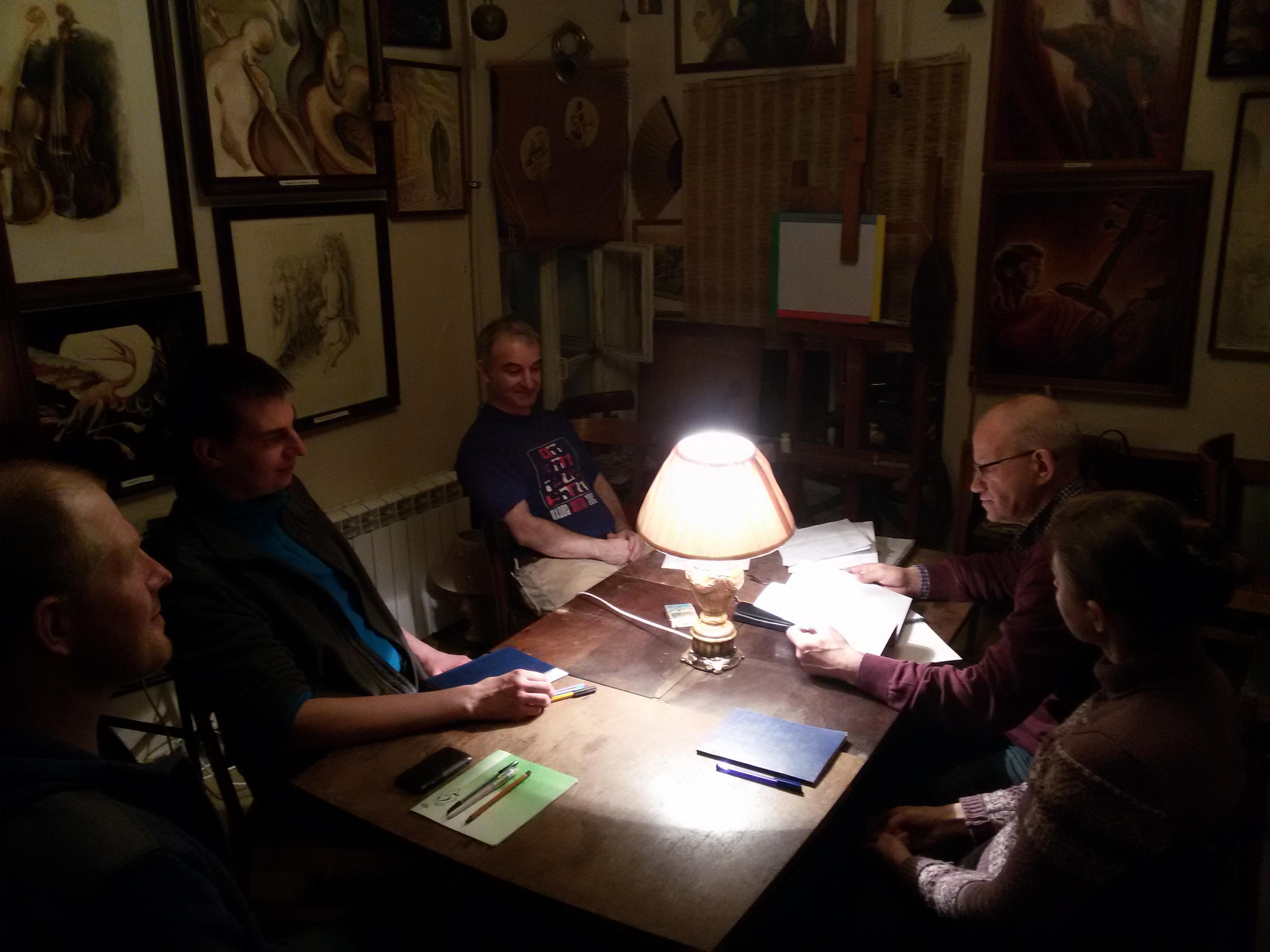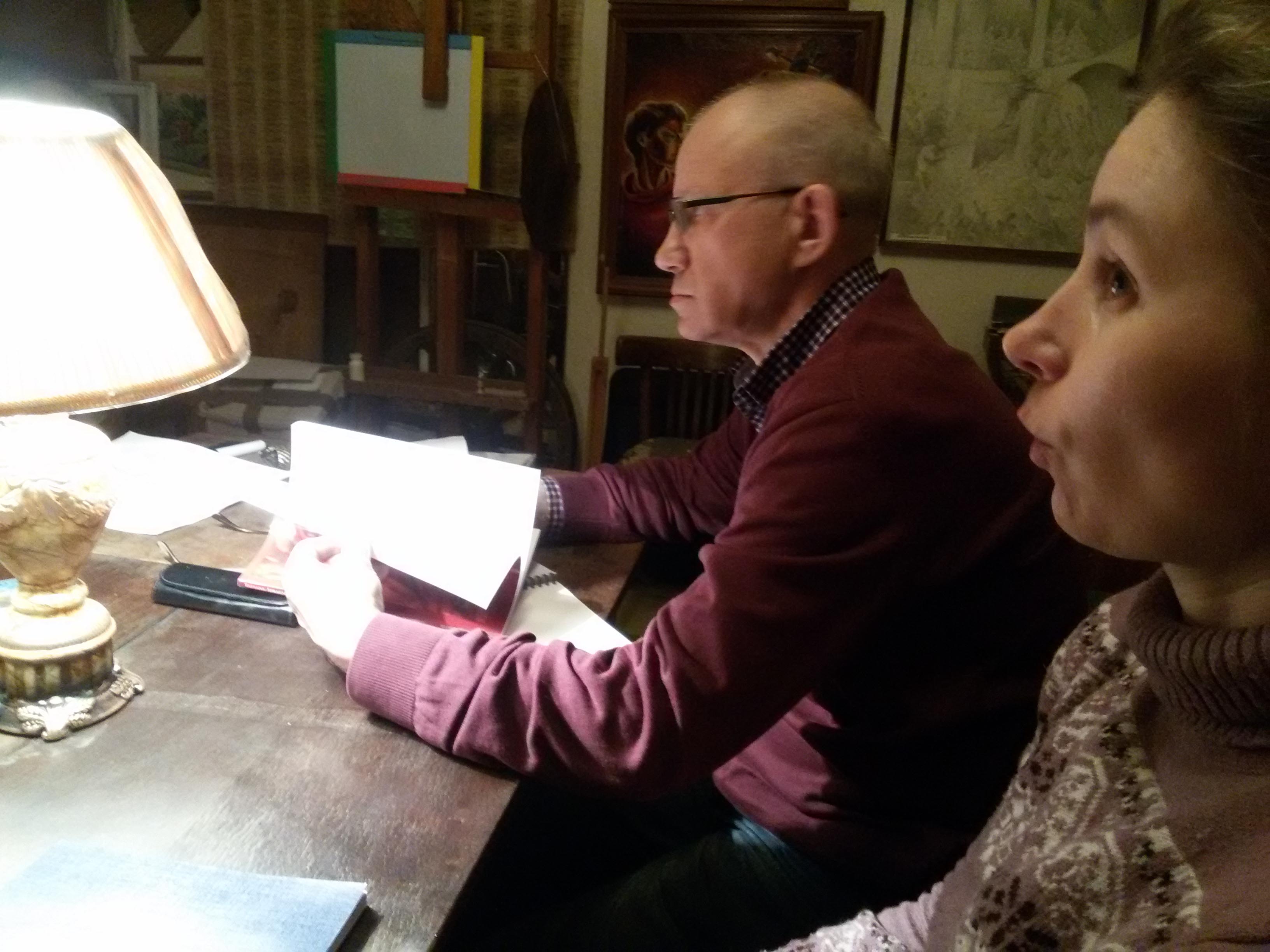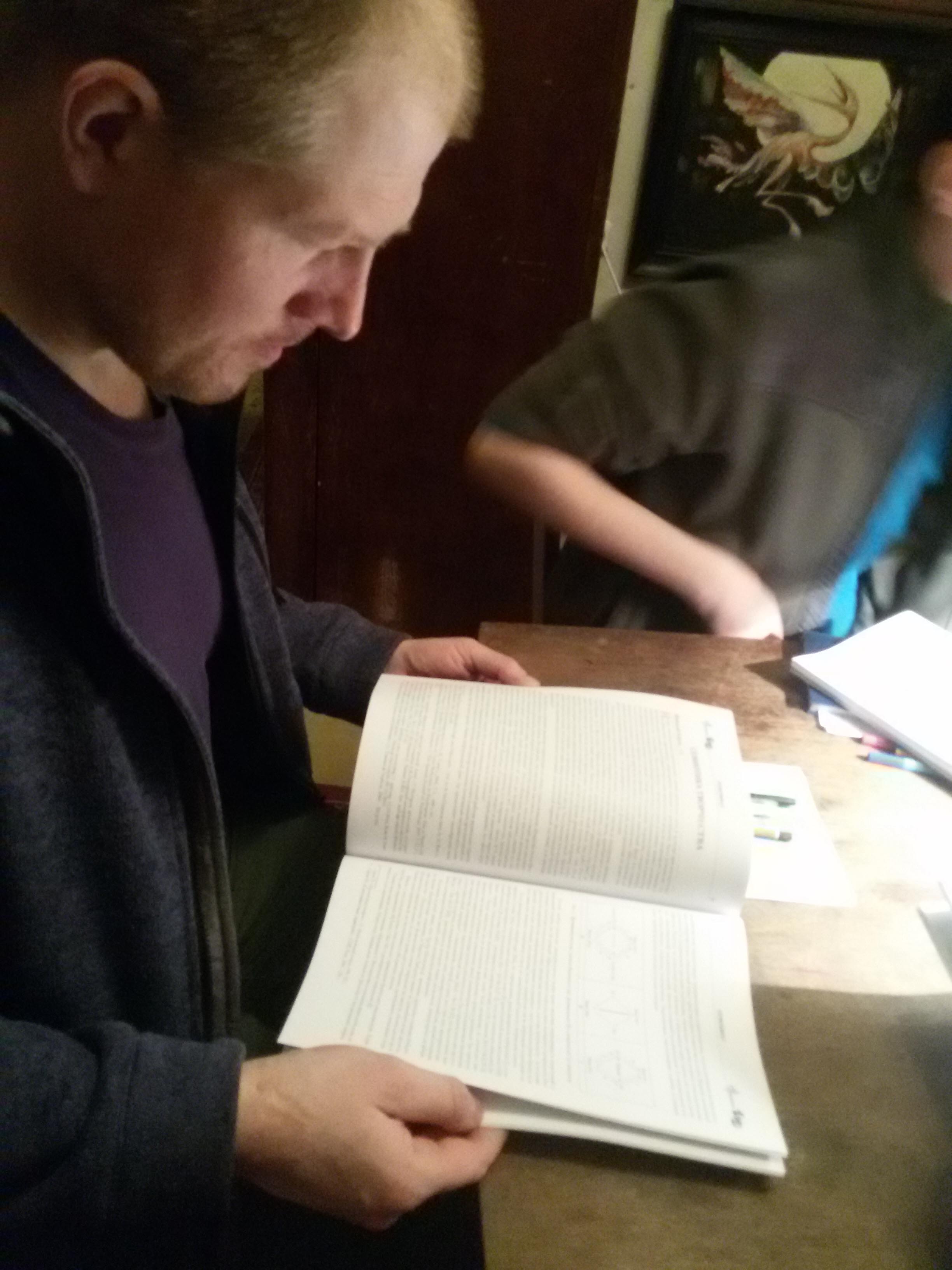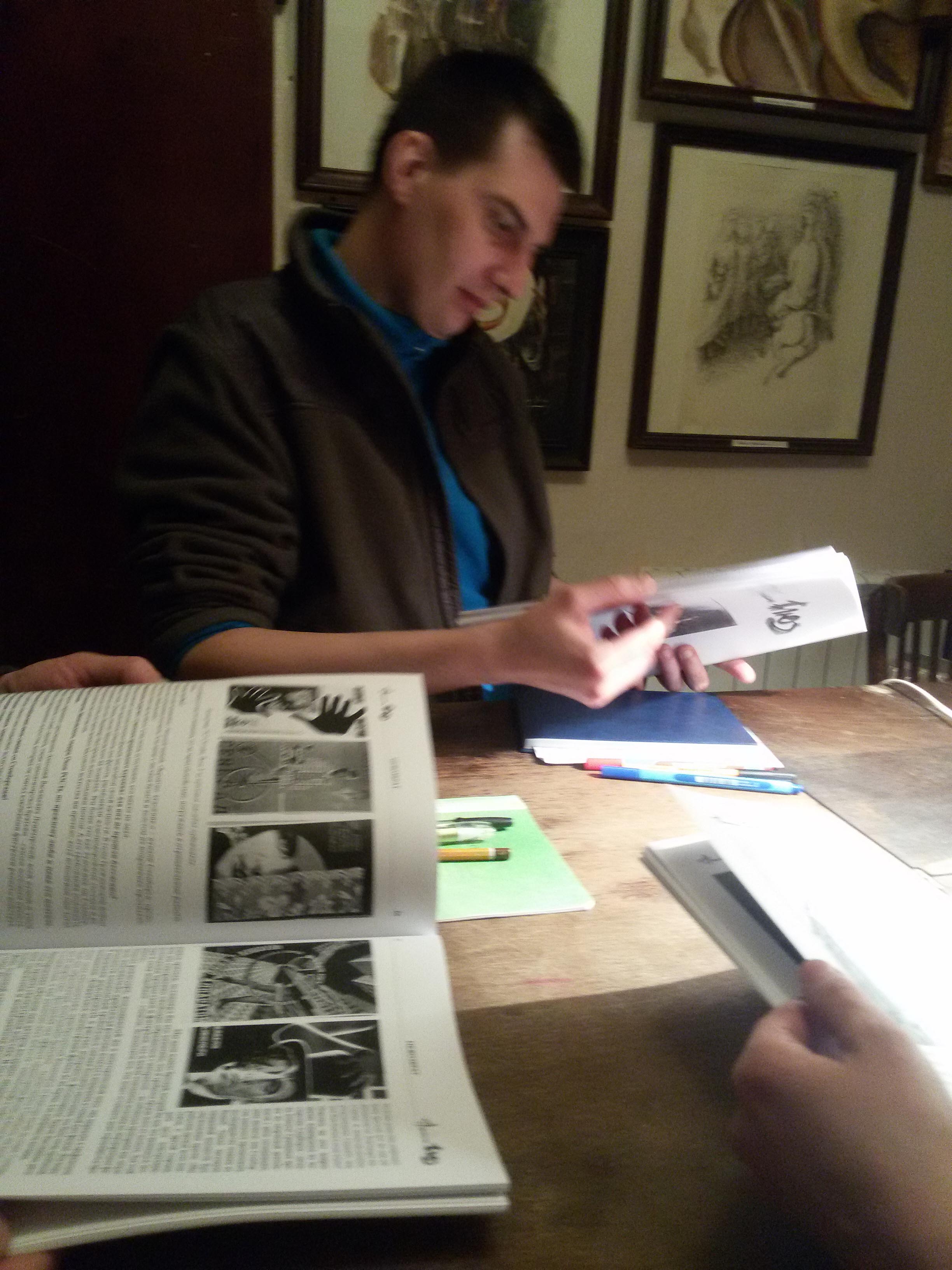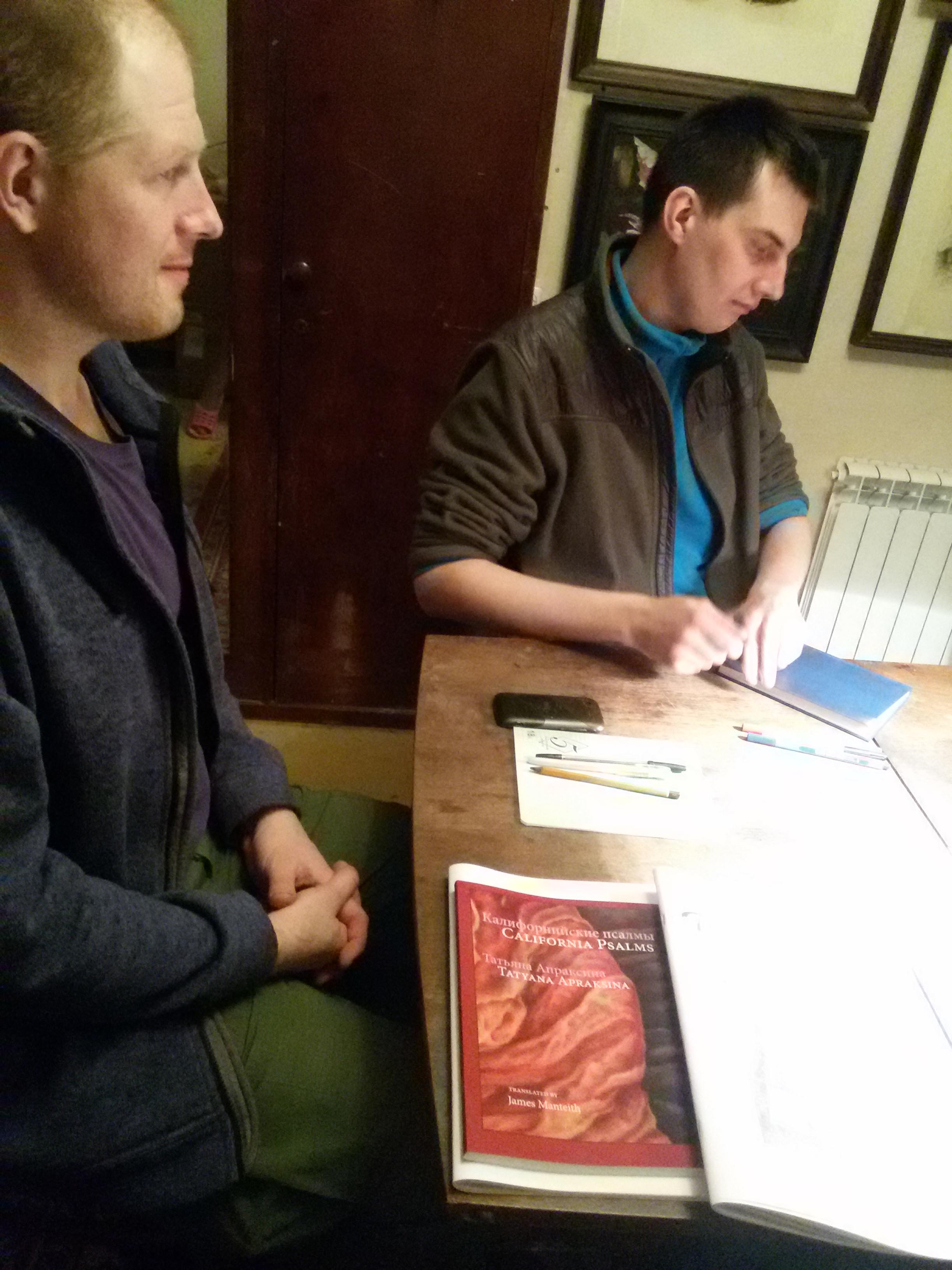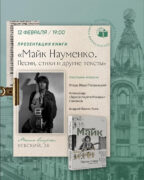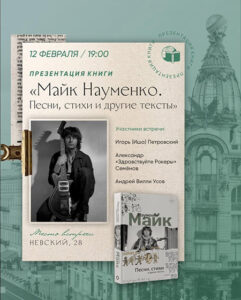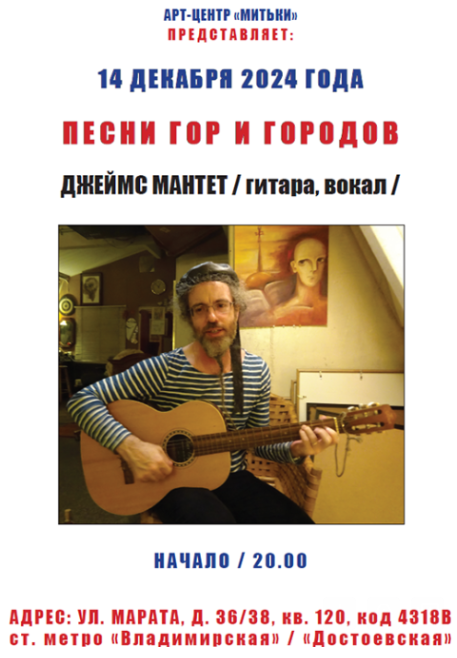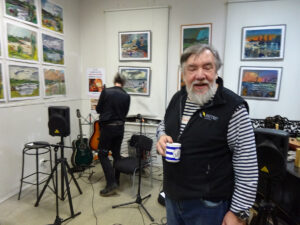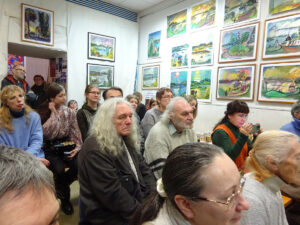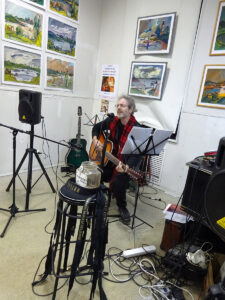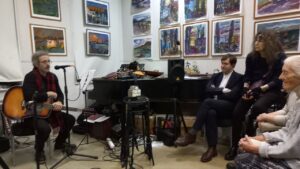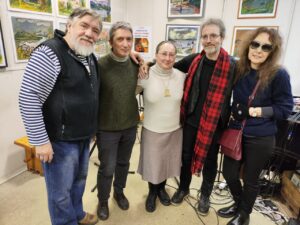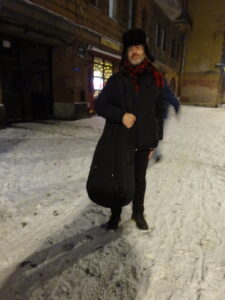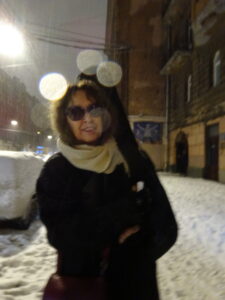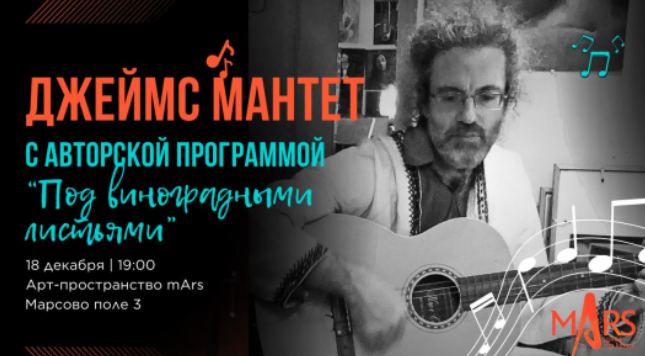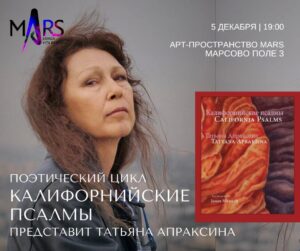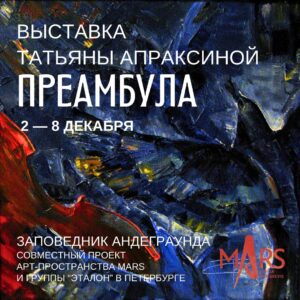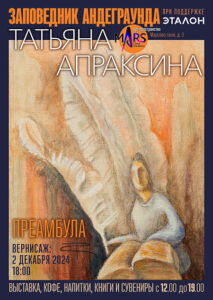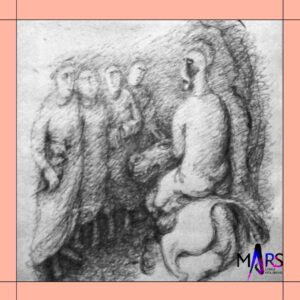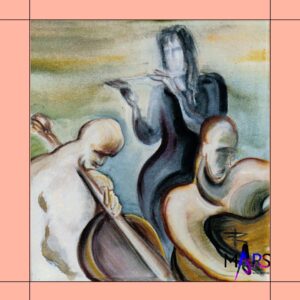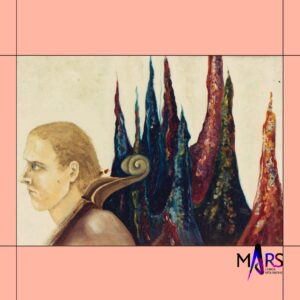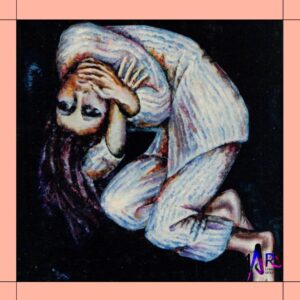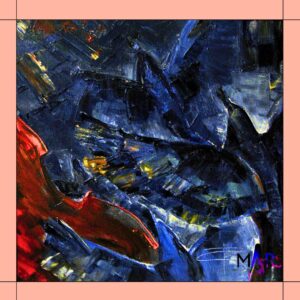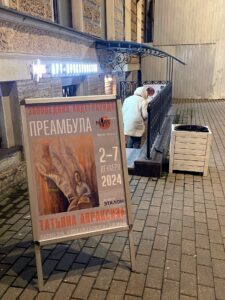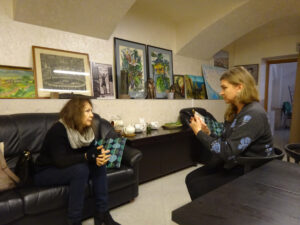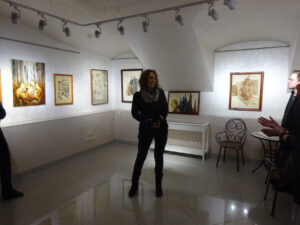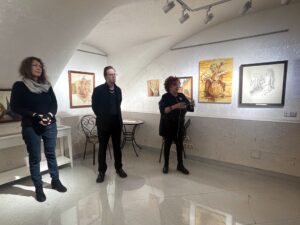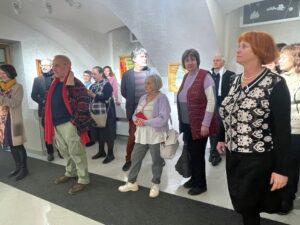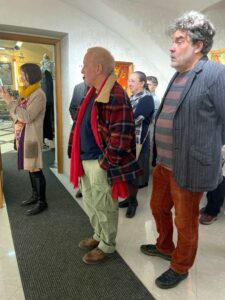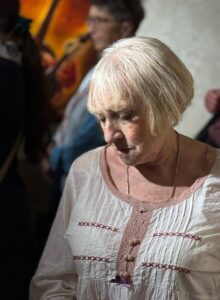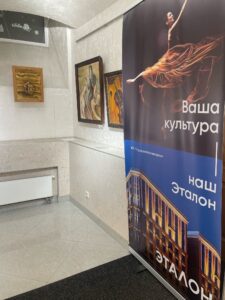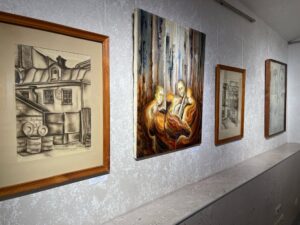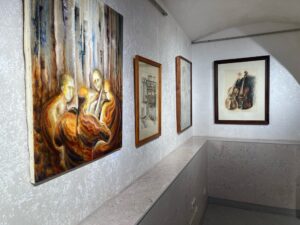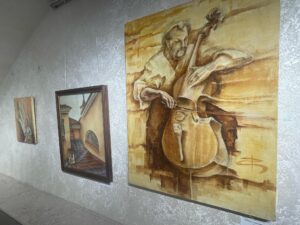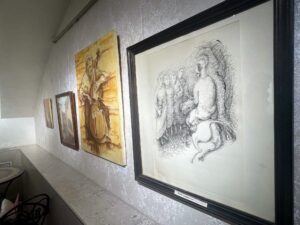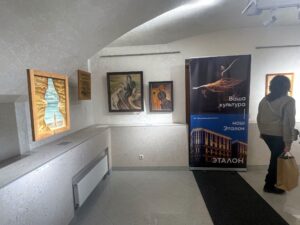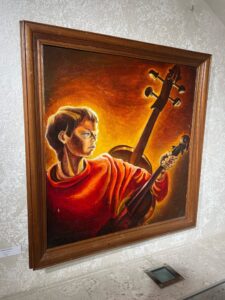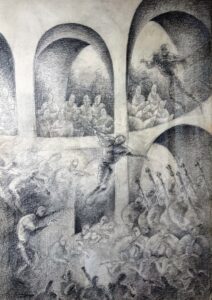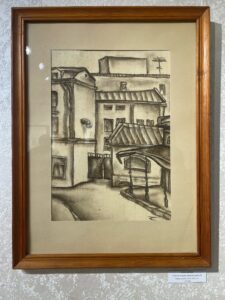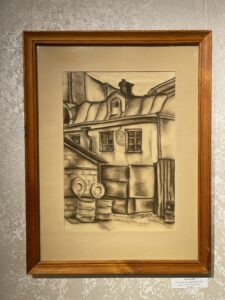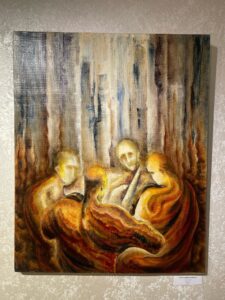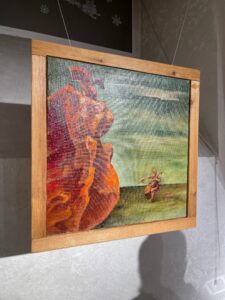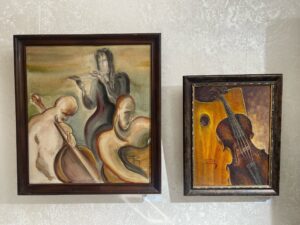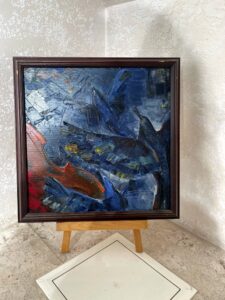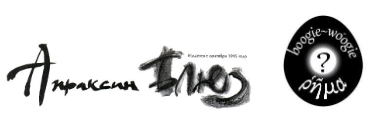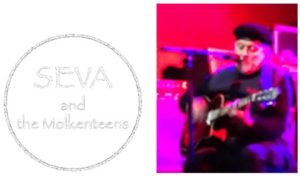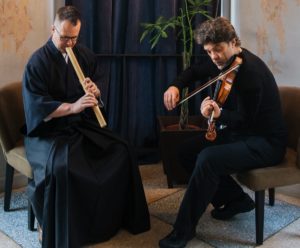Itself
Itself: Guidelines
Russian-language print versions of Apraksin Blues are available upon request.
Price per issue $15 (check or cash; price includes domestic or international postage).
Apraksin Blues considers manuscripts in any format — preferably literate — proposals and wishes in any form. We request that submissions be limited to previously unpublished texts.
Apraksin Blues accepts inquiries regarding custom literary translation and editing of Russian and English literary texts.
Apraksin Blues welcomes volunteers. For information on getting involved, contact any of our editorial addresses.
Our Partners
**HOT ISSUE**
AB №34 – In Worlds and Times
**HOT ISSUE**
AB №34 – In Worlds and Times
Self-Portrait as a Method of Blues: In Worlds and Times (Blues Mondo). T. Apraksina
“That’s what results in endless blues “
The Many Faces of Time (Blues Report). J. Manteith
“Eternity is the absence of time”
Until the grass breaks… K. Razumovskaya
“The chapter is moving away, the stanza is hurrying…”
The Restoration Period through the Prism of Romanticism. V. Trofimova
“Maturin begins with an unexpected aspect — occultism, belief in witches and witchcraft”
Japanese Hieroglyphs and Set Theory. A. Kiselyov
“All operations of set theory are easily applicable to the hieroglyph…”
Cadences of Florence (Photo Gallery). A. “Liverpool”
“Hurray! I’m shooting with no restrictions!”
Living Logic. V. Lyubeznov
“Thought can only follow the turns and leaps of the first beginnings”
Matisse’s Stroke in Church Art. A. Palamarchuk
“The very emergence of tradition is impossible without creative search”
The Model of the University in the Ideas of J.G. Fichte. D. Skachkov
“The goal of the university…is to educate artists of scholarship…”
The Long Road to Afghanistan. L. Landa
“To see Kabul and not die”
Echoes of the Wisdom of Sheikh Saadi in the Poetry of K.A. Lipskerov. M. Yahyapour, J. Karimi-Motahhar
“in his oriental poems, he combines the culture and faith of two nations”
Spanish Rock (continued). La Frontera: On the Border of Good and Evil. O. Romanova
“an anarchist with an open, kind heart”
The Creative Will (fragments). W.H. Wright
“All art must dominate life”
***
The Age of Blues
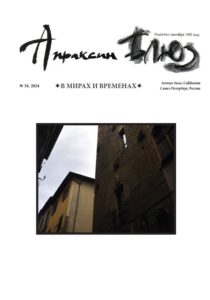
AB issue 34 — In Worlds and Times — see it here
* Self-Portrait as a Method of Blues: In ...
+
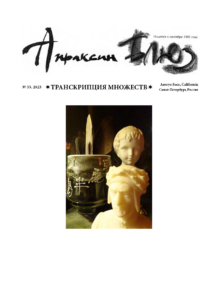
AB issue 33 - Transcription of Multitudes - see it here
* Tower (Blues Mondo). Tatyana Apraksina
“from the objectlessness of ...
+
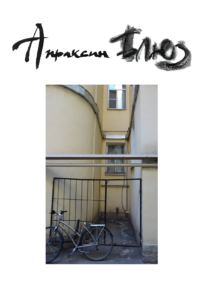
AB issue 32 - see it here
* The Place of Measure (Blues Mondo). T. Apraksina
* Great and Mighty. What ...
+
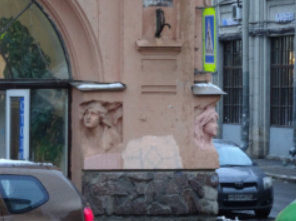
AB 31, our first issue since 1998 to be produced and published entirely in St. Petersburg, is imbued with the ...
+
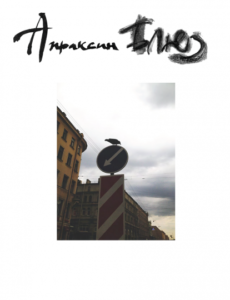
The Apraksin Blues editorial board is pleased to announce the long-awaited publication of AB №30, "On the Way." Authors and ...
+
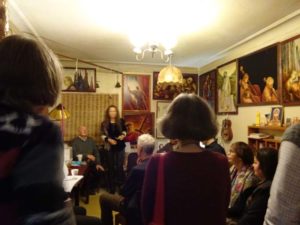
+

All-All-All!
Authors, readers, admirers, past and future! And just good smart people!
To everyone who knows us, who know each other, ...
+
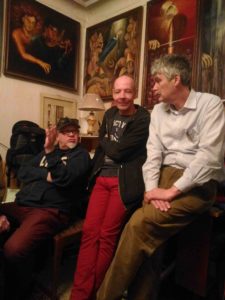
+
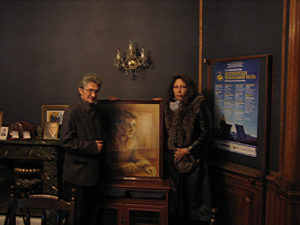
+
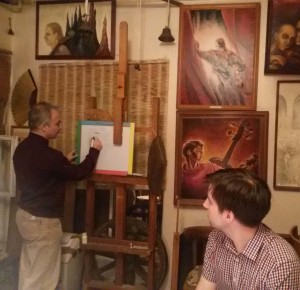
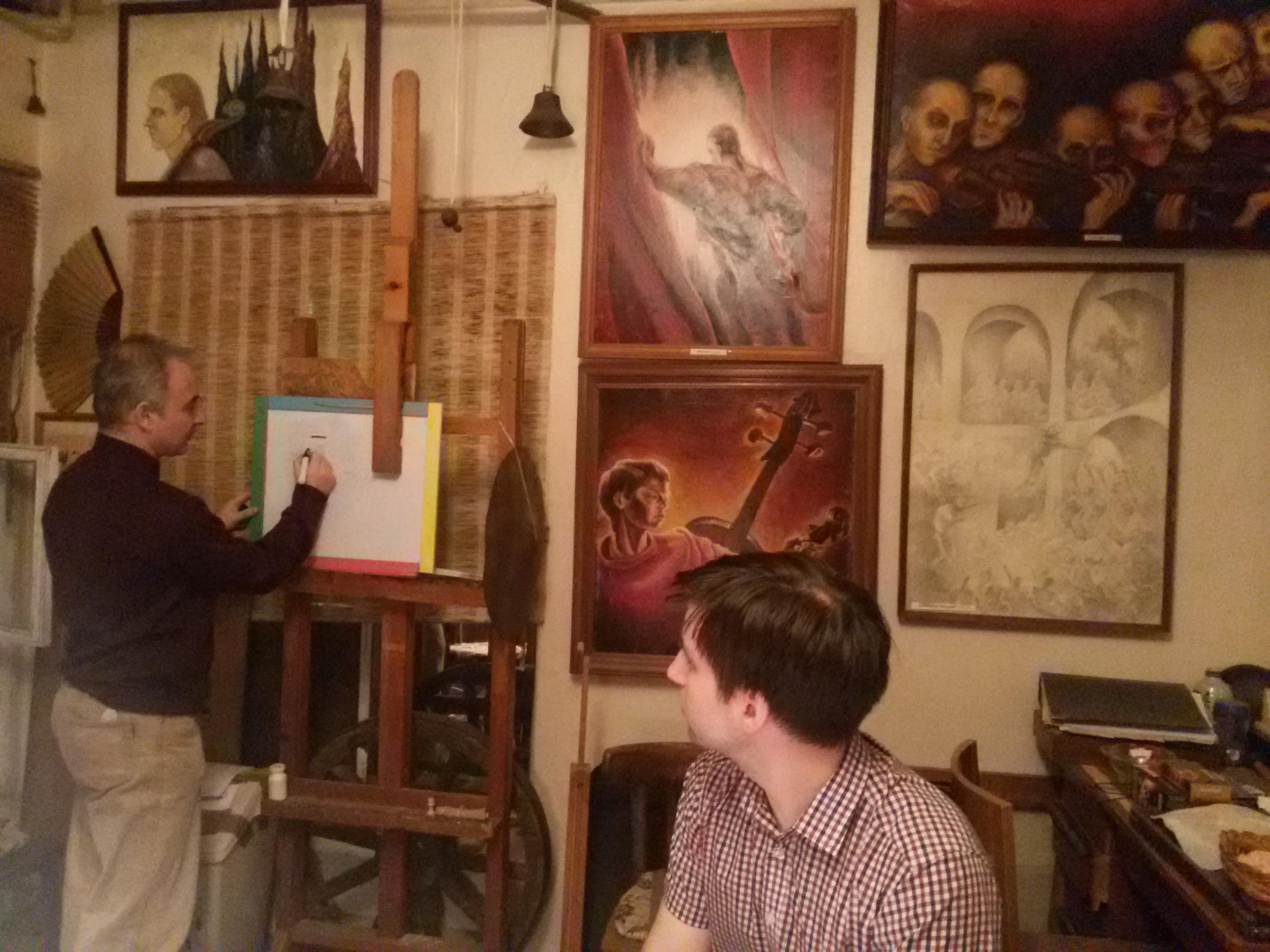
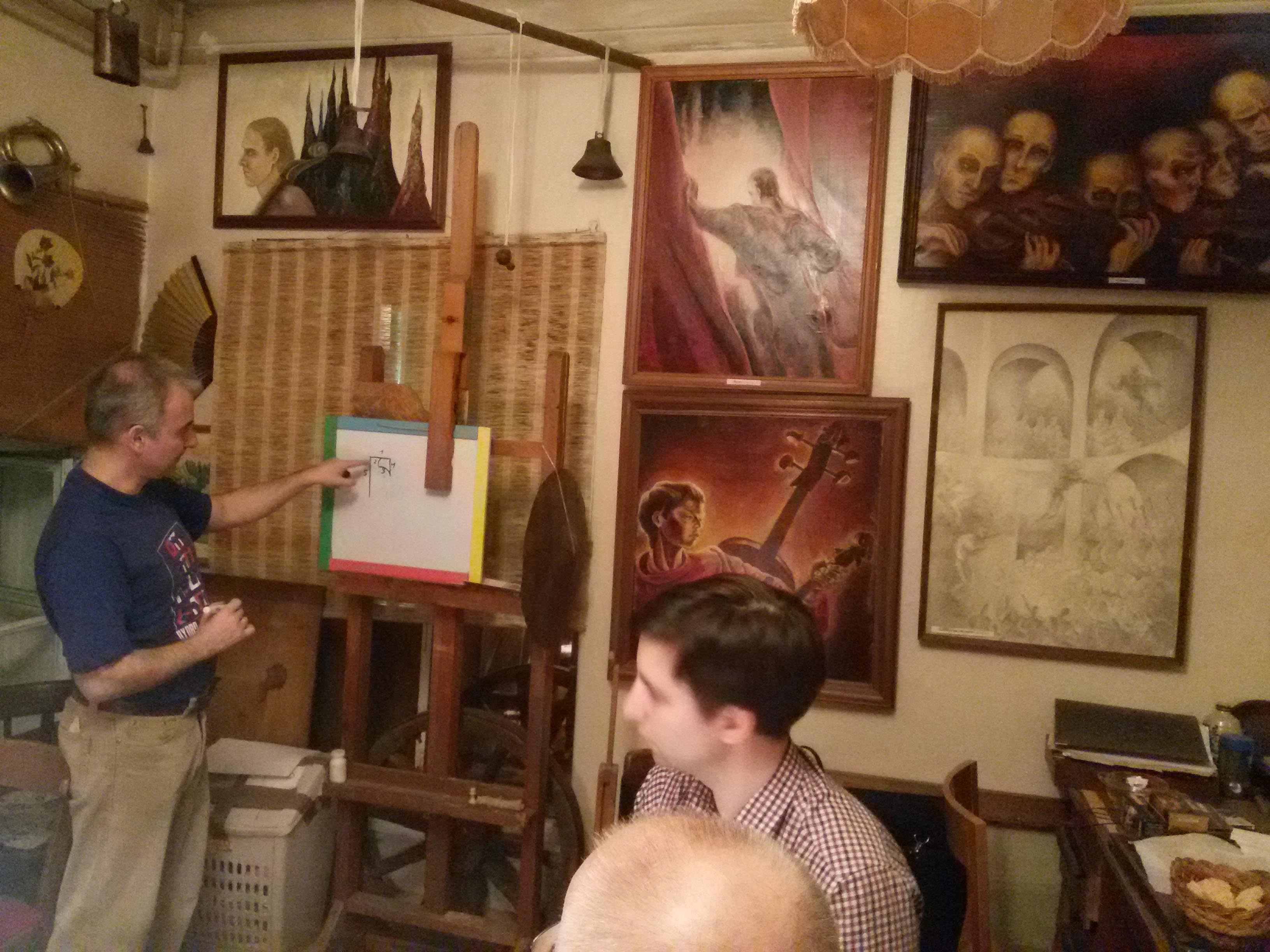
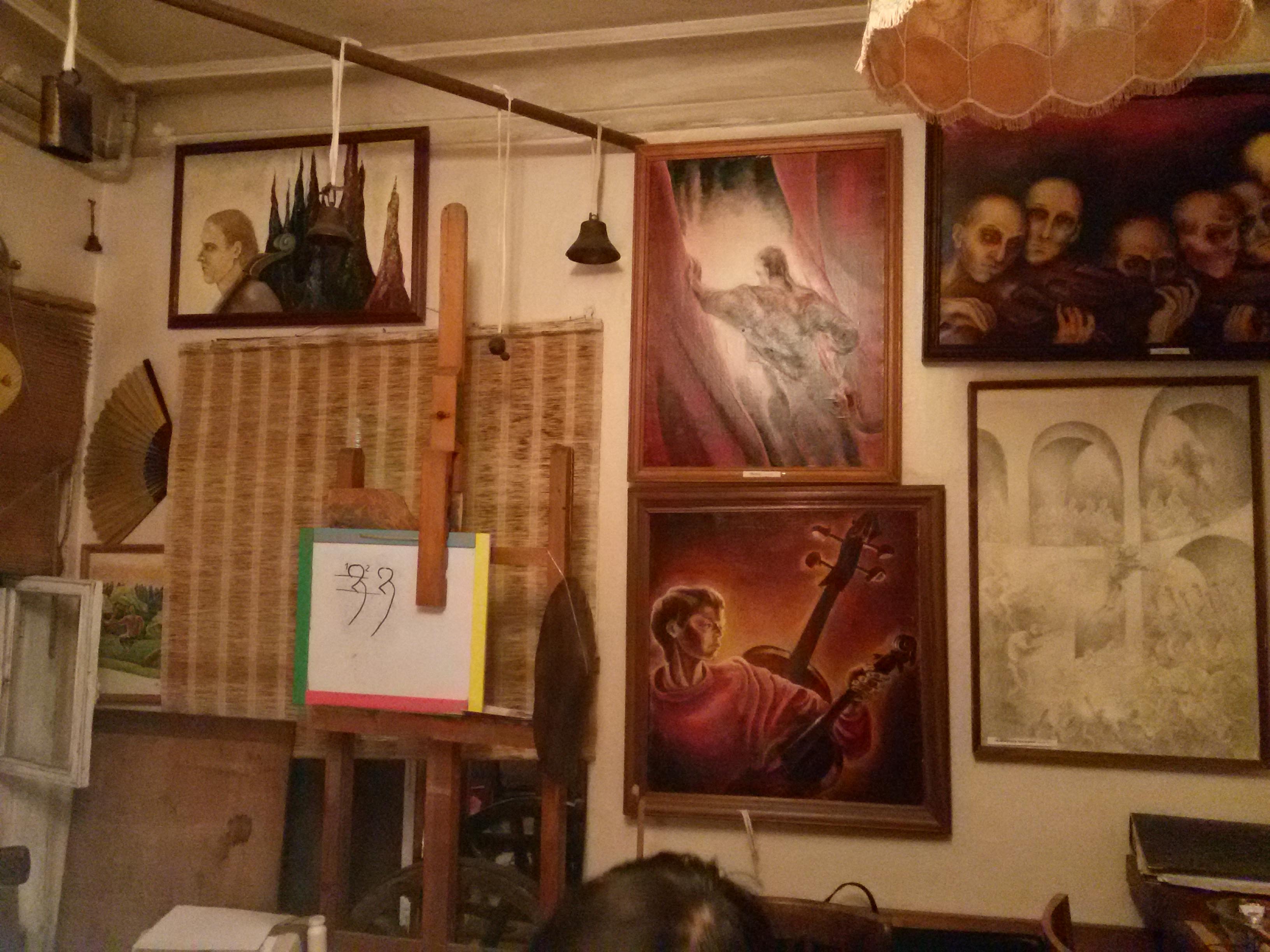
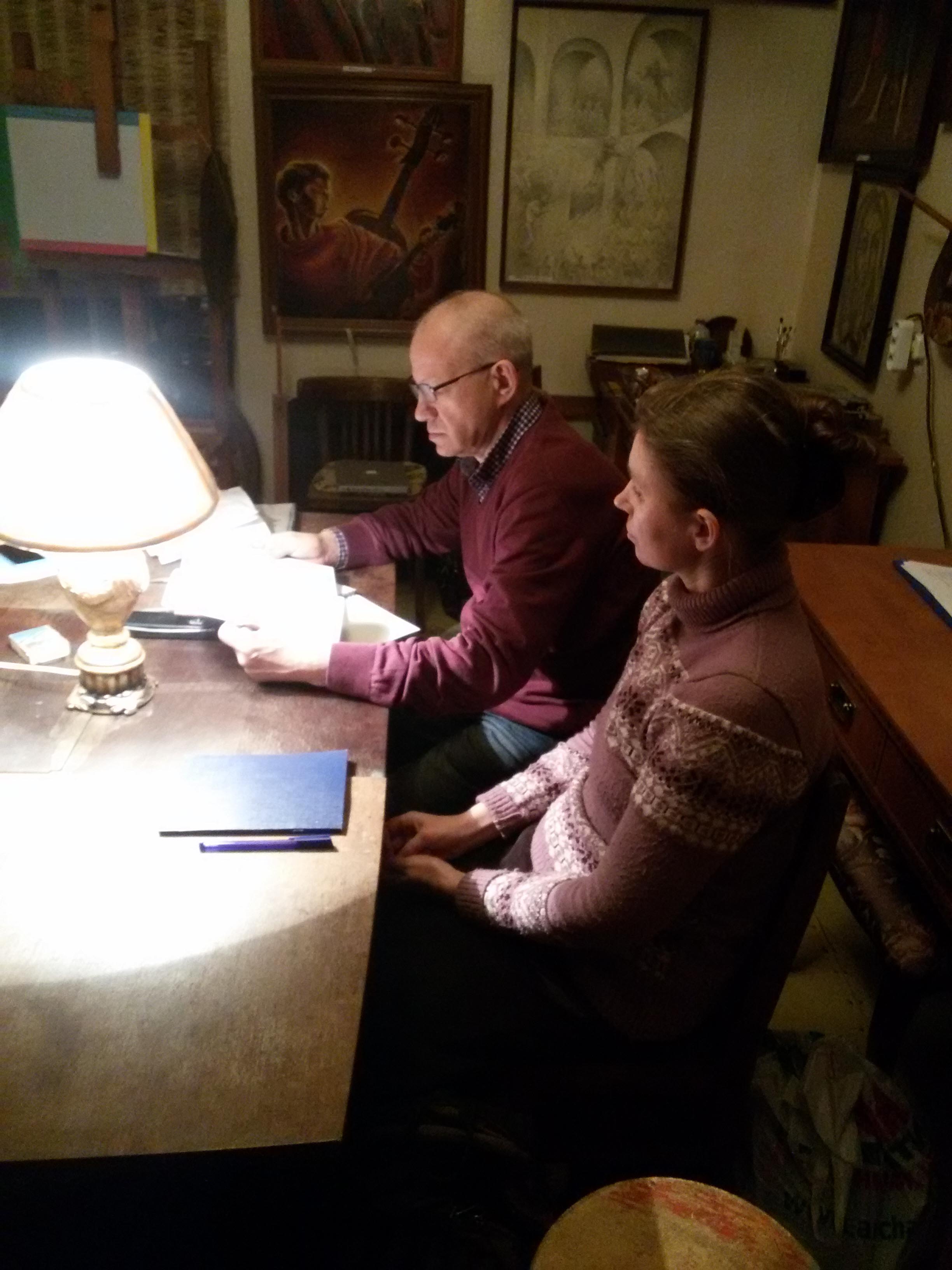
+
***
Its BILLBOARD
for gourmets
Translations Department
- Echoes of Influence: New Edition of Mike’s Texts Includes Translations of His Songs
January 18, 2025
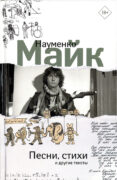
Echoes of Influence: New Edition of Mike’s Texts Includes Translations of His Songs I’m excited to share some great translation news from late 2024, carrying over into early 2025: the major Moscow publishing house AST has released a new book in the ser…
Read more - Highlights of 2023 in the AB Translation Department
January 7, 2024
The past year has given many reasons for gratitude and hope in various areas of the Apraksin Blues Translation Department’s engagement with literature and literary translation. Some events I’m pleased to share word of include: – Taking part in publishi…
Read more - The Encyclopedia of “Sweet N”
December 19, 2021
The Encyclopedia of “Sweet N”: James Manteith’s presentation from the 50th International Scholarly Conference of the V.I. Startsev International Association of Historical Psychology — Historical and Psychological Aspects of the Fall of the Soviet Union…
Read more - In Support of Evolution: Boogie-Woogie Thinking
November 24, 2021
Back in St. Petersburg by the beginning of November 2021, AB’s editors immediately found many opportunities to assess current attitudes toward culture. At the 5th Cultural Congress, in which we took part, we encountered the opinion that the era of the…
Read more - Summer Report: Love and Attentiveness
June 22, 2021
Summer has arrived. According to Far Eastern traditions, it’s now a horse month, during which the sages advise to take special care to curb all manifestations of power now faced by and available to many. Our authors continue to work or rest as b…
Read more - Robert Monteith: A Knight for Peace
May 27, 2021
(English translation of a May 17 lecture for the International Association of Historical Psychology conference “Societal Atmosphere on the Eve of the Wars of the 19th and 20th Centuries: Historical and Psychological Aspects”) — James Manteith (A…
Read more - Long Echoes of Contrarian Crusades
May 27, 2021
Presenting on Peacemaker Robert Monteith in St. Petersburg via California — James Manteith (Apraksin Blues, Mundus Artium Press) In the wee hours of one morning in May 2021, it was my privilege to have a chance to give a remote Russian-la…
Read more - How AB met the New Year in St. Petersburg for the first time in 22 years
January 19, 2021
There’s no tree to be found, only fake ones or bunched branches. But just before New Year’s, a man appears on Garden Street with beautiful real trees brought from the Volosov region. The Haymarket tree fair at is closed due to the pandemic. AB c…
Read more - Voices in the Petersburg Desert
December 18, 2020
For obvious reasons, many have voiced surprise that we, AB editors, decided to make an attempt to come to St. Petersburg in 2020. We were also surprised, and even more surprised it’s happened. We already had enough challenges in 2020: in addition to ou…
Read more - Arrival!
November 23, 2020
AB’s editor-in-chief and translation editor will be in St. Petersburg through early 2021. The phone number of the St. Petersburg editorial office is as before: +7 (812) 310-96-40. The Editors apraksinblues@gmail.com
Read more - Distance Learning
July 4, 2020
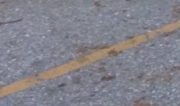
Now, with the release of Apraksin Blues №30, “On the Way,” another crucial phase begins — the stage of readers’ time with the issue, authors’ mindfulness toward each other, and discussion of what it’s all about. For the AB Translations Department, ther…
Read more - A beautiful chord: AB in St. Petersburg plays on
December 14, 2019
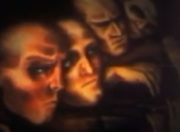
What might be said about the time spent by AB’s editors in St. Petersburg after the presentation of issue 29? Perhaps that it was a time of deepening relationships, joint initiatives and expectations. Let’s review some aspects of this deepening. First,…
Read more - Rapid development for AB’s physical existence in St. Petersburg
November 13, 2019
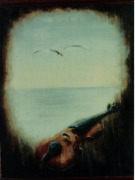
Events of recent days hint at a new cycle of development. AB has again made the crossing from California to St. Petersburg. Less than a day after arrival, Tatyana Apraksina managed to reopen a space and sit down to work at her desk in the magazine’s hi…
Read more - “Freedom” declared in Petersburg
November 2, 2019
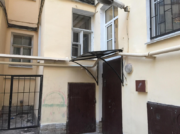
by contributing translation editor James Manteith Photo: Irina Serpuchyonok Just a few days remain until the planned presentation, in St. Petersburg, of the latest issue of Apraksin Blues, №29, “The Career of Freedom.” As in 2015, for the presentation…
Read more - Preparing for St. Petersburg
October 31, 2019
What needs translation, in this case and maybe always, is reality.
Read more

